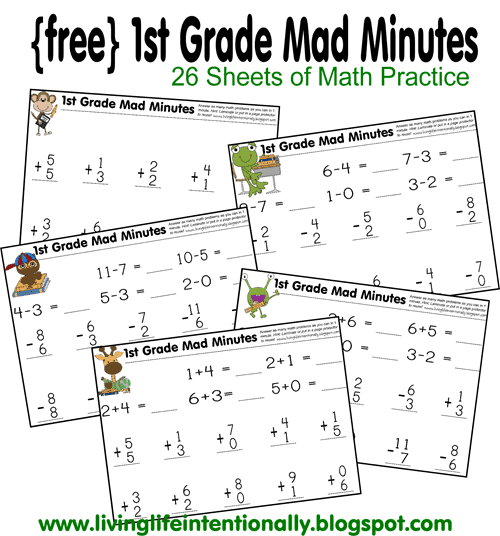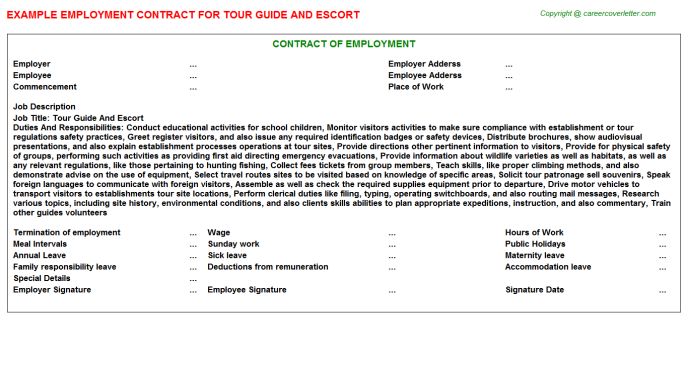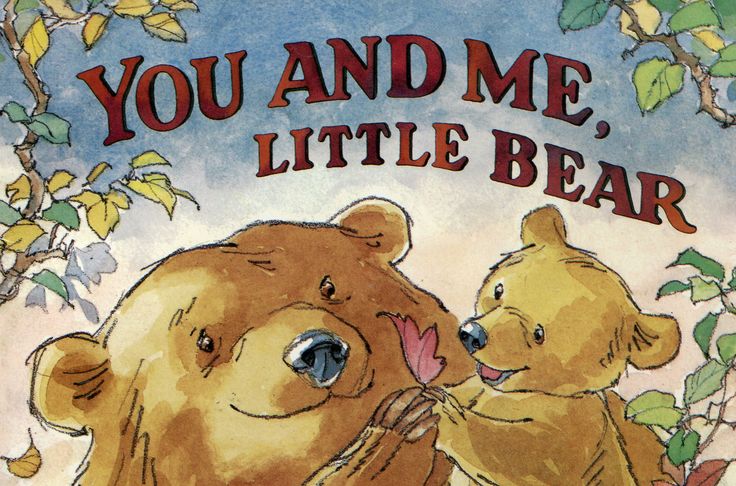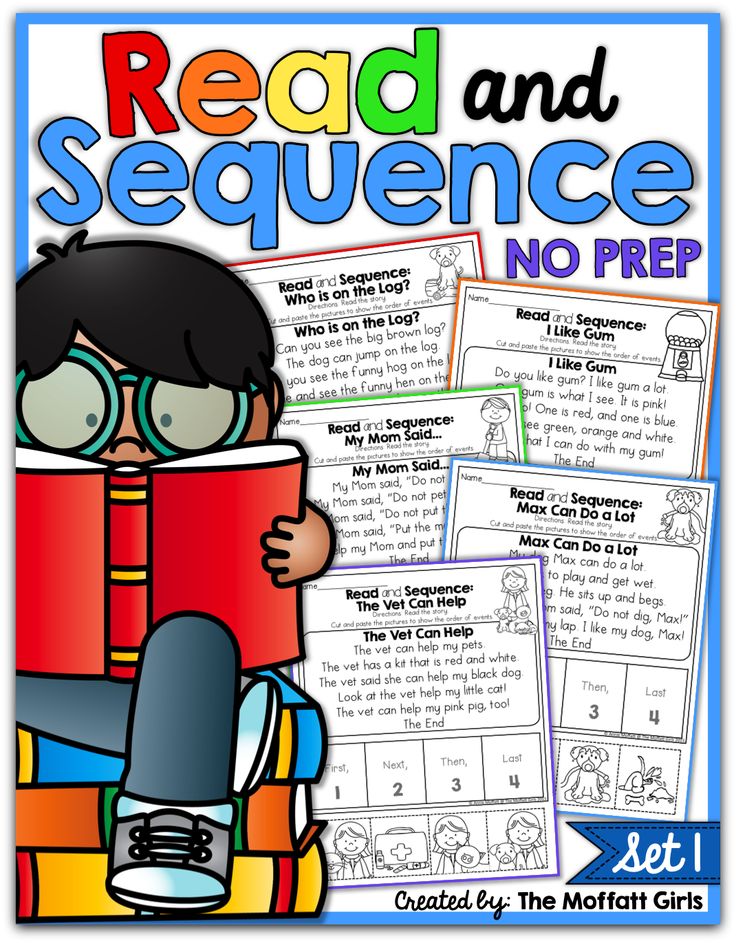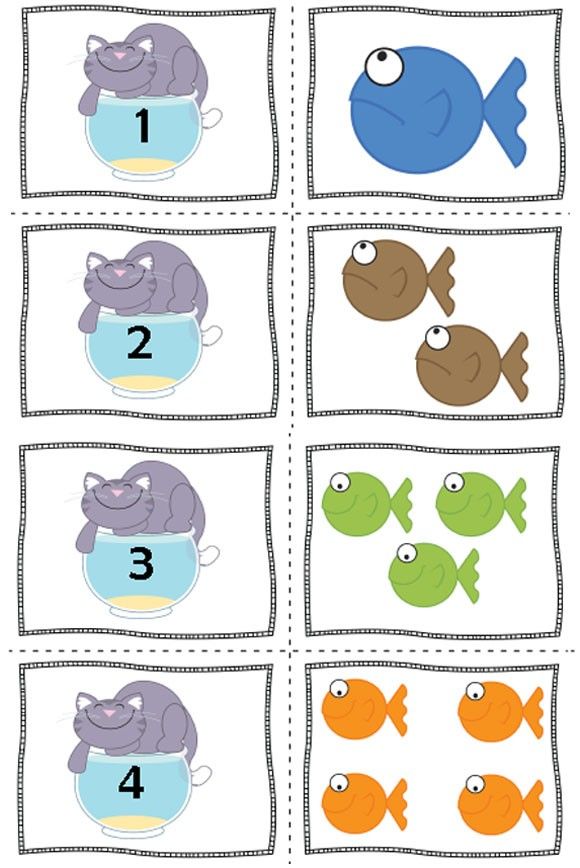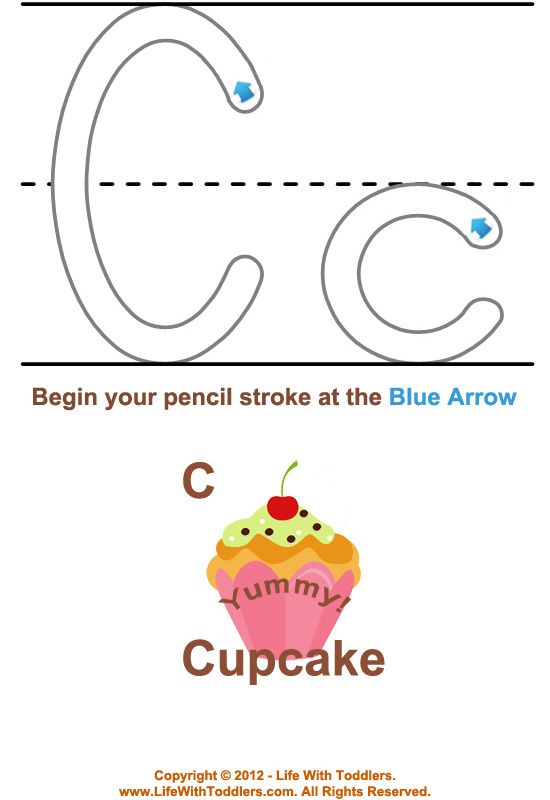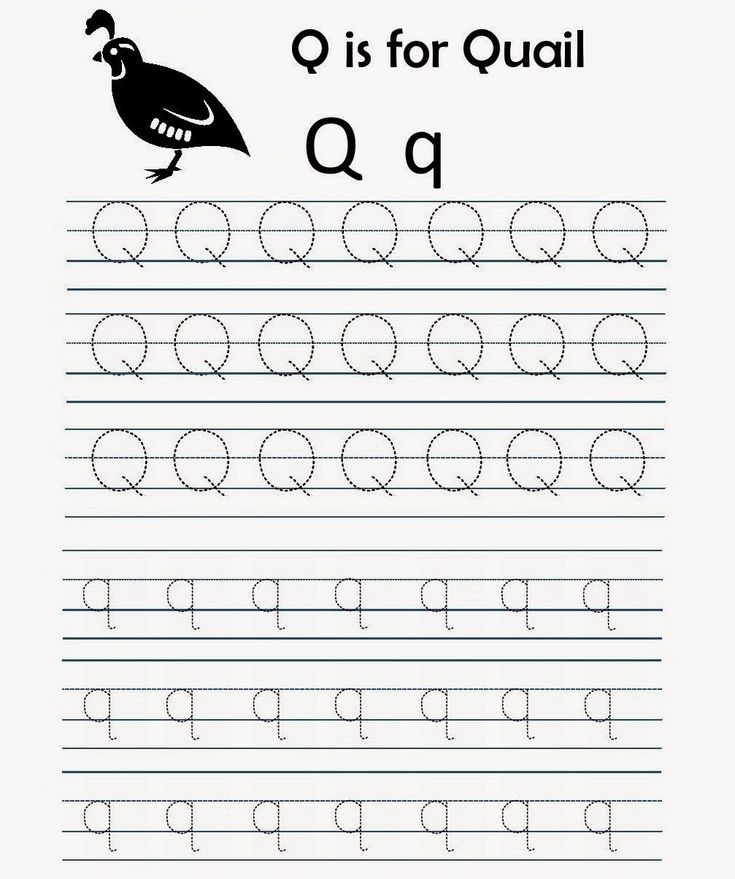What makes day and night read aloud
January Read Aloud of the Day
Read Aloud of the Day!
January 2020
An essential element in reading aloud is what you choose to read. Not everyone is familiar with children's literature, either classic or contemporary. These are read aloud titles which eliminates some books that are difficult to read aloud or, because of the subject matter, are best read silently to oneself.
For more book recommendations, check out Jim Trelease's Read-Aloud Handbook, 8th Edition, of which I revised and updated and including a Giant Treasury of Great Read-Aloud Books with a multitude of new selections.
The Bell Rang
By JAMES E. RANSOME
Grades 2-4 January 31
Atheneum, Caitlyn Dlouhy Books 2019 40 pages
Every morning the bell rings, signaling to the slaves that it is time to go out to the fields. On Wednesday, a young girl’s brother, Ben, gives her a kiss on the cheek, hands her a pretty doll and whispers in her ear, “Good-bye. ” By the next morning, it is clear that Ben and two others have escaped. What strength would it take for a young boy to leave his family to escape slavery? What would happen to the family members left behind? The Bell Rang by James Ransome received a 2020 Coretta Scott King Honor Award for illustration. The brief, powerful text is accompanied by stunning oil paintings that show the love, hardships, and hope experienced by those forced into slavery.
Stop! Bot!
By JAMES YANG
Grades Toddler-K January 30
Penguin, Viking Books for Young Readers 2019 40 pages
The 2020 Theodor Seuss Geisel Award goes to Stop! Bot! by James Yang. A little boy’s bot travels up and up and up. The doorman, as well as several others, do everything possible to grab the bot, but with no success. The surprise ending and what happens next will delight young readers.
Just Ask! Be Different, Be Brave, Be You
Just Ask! by U.S. Supreme Court Justice, Sonia Sotomayor received the 2020 Schneider Family Book Award.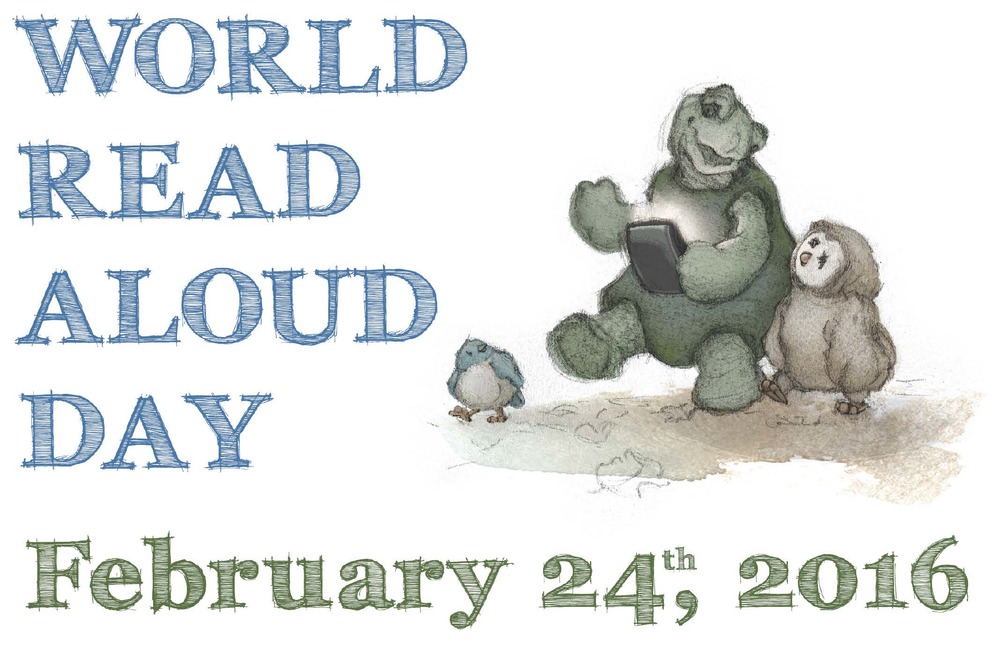 This award recognizes books that embody an artistic expression of the disability experience. In this picture book with beautifully expressive illustrations by Rafael López, various children share their uniqueness and then pose a question such as “How do you use your voice?” or “Are you really good at something". There are many differently-abled kids that have exceptional abilities and strengths that are acknowledged and celebrated This award-winning book highlights that differences are wonderful.
This award recognizes books that embody an artistic expression of the disability experience. In this picture book with beautifully expressive illustrations by Rafael López, various children share their uniqueness and then pose a question such as “How do you use your voice?” or “Are you really good at something". There are many differently-abled kids that have exceptional abilities and strengths that are acknowledged and celebrated This award-winning book highlights that differences are wonderful.
By SONIA SOTOMAYOR RAFAEL LOPEZ ILLUS.
Grades K-4 January 29
Philomel Books 2019 32 pages
Dancing Hands: How Teresa Carreno Played Piano for President Lincoln
By MARGARITA ENGLE RAFAEL LOPEZ ILLUS.
Grades 1-5 January 28
Atheneum Books for Young Readers 2019 40 pages
Today’s Read Aloud of the Day is the 2020 Pura Belpré Award winner for illustration, Dancing Hands: How Teresa Carreño Played the Piano for President Lincoln.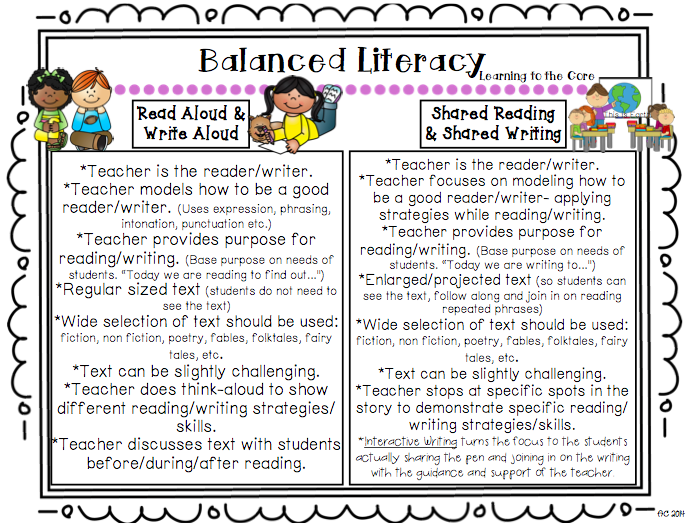 Margarita Engle uses playful and spirited free verse to tell the story of Teresa Carreño who loved to let her hands dance across the keys of the piano. This musical instrument offered her the opportunity to share the joy she felt when playing. When her family was forced to flee the revolution in Venezuela, Teresa felt isolated but her music sustained her. When President Lincoln heard about Teresa, he asked her to play at the White House. Rafael López’s mixed-media illustrations are as vibrant and colorful as the music that Teresa created. This is a beautiful book to read aloud to children of all ages.
Margarita Engle uses playful and spirited free verse to tell the story of Teresa Carreño who loved to let her hands dance across the keys of the piano. This musical instrument offered her the opportunity to share the joy she felt when playing. When her family was forced to flee the revolution in Venezuela, Teresa felt isolated but her music sustained her. When President Lincoln heard about Teresa, he asked her to play at the White House. Rafael López’s mixed-media illustrations are as vibrant and colorful as the music that Teresa created. This is a beautiful book to read aloud to children of all ages.
The Undefeated
By KWAME ALEXANDER KADIR NELSON ILLUS.
Grades 3 and up January 27
Houghton Mifflin Harcourt 2019 40 pages
Congratulations to 2020 Caldecott Medal illustrator Kadir Nelson and 2020 Newbery Honor book author Kwame Alexander as the recipients of their respective awards announced this morning.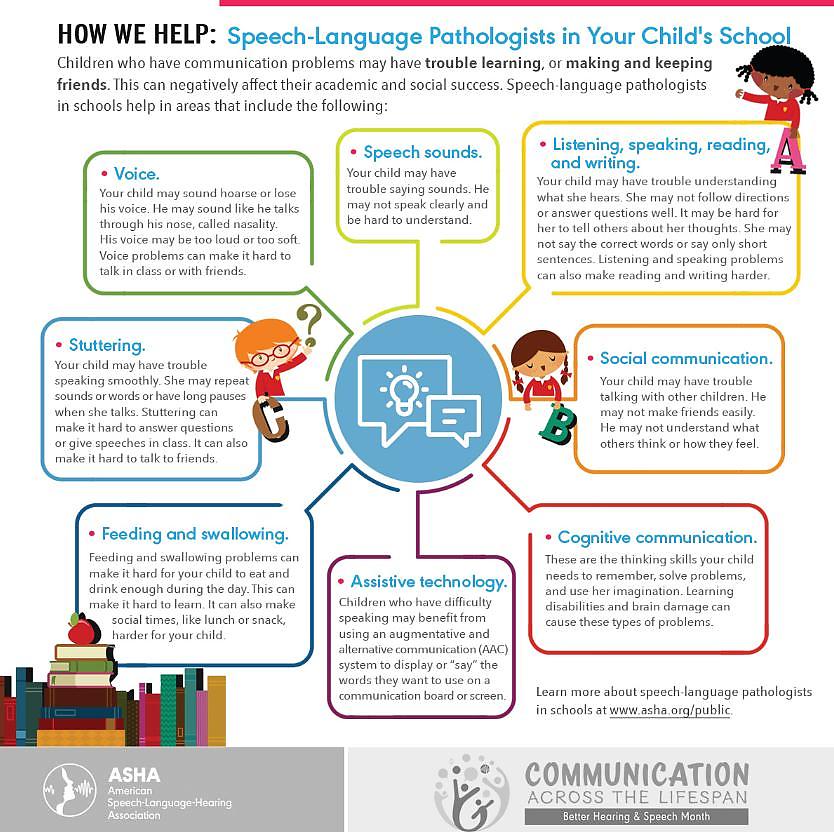 The Undefeated, is a poetic love letter to black life in the United States. It illumines the unspeakable trauma of slavery, the faith and fire of the civil rights movement, and the grit, passion, and perseverance of some of the world's greatest heroes, both past and present. Back matter offers historical context and additional detail for those wishing to learn more about the individuals featured in the poem and illustrations.
The Undefeated, is a poetic love letter to black life in the United States. It illumines the unspeakable trauma of slavery, the faith and fire of the civil rights movement, and the grit, passion, and perseverance of some of the world's greatest heroes, both past and present. Back matter offers historical context and additional detail for those wishing to learn more about the individuals featured in the poem and illustrations.
In a Jar
By DEBORAH MARCERO
Grades K-2 January 26
Putnam 2020 40 pages
Llewellyn is a collector. He loves gathering things such as buttercups, feathers, and heart-shaped stones, and putting them into jars. Llewellyn does this in order to remember all the wonderful things he has seen and done. When he meets Evelyn, another ardent collector, they begin to collect things that are hard to hold like colors of the sunset, the sound of the ocean, and the wind just before snow falls. Unfortunately, Evelyn’s family is moving away, but the two collectors devise a way to continue their friendship and share their new memories with each other.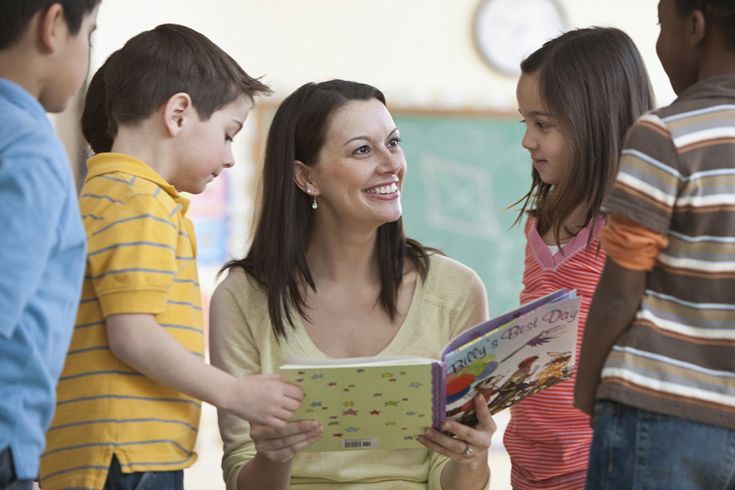 The illustrations are as charming as the text and will prompt conversation about how we hold onto our own memories of people, places, and things.
The illustrations are as charming as the text and will prompt conversation about how we hold onto our own memories of people, places, and things.
Just Like Me
By VANESSA BRANTLEY-NEWTON
Grades K-4 January 25
Knopf 2020 32 pages
Just Like Me is book of empowerment for girls andfor boys. Each poem highlights the importance of self-confidence and self-esteem. Several poems are girl specific (Sundress Blues and Little Sister) but most could impart a feeling of self-worth for all readers. This book would also prompt some great writing. Vanessa Brantley-Newton’s mixed-media illustrations are captivating and colorful from the book cover, to the endpapers, to the interior art. Poetry shouldn’t be saved for April’s poetry month, but should be read aloud every day.
Vanderbeekers to the Rescue
By KARINA YAN GLASER
Grades 3-6 January 24
Houghton Mifflin Harcourt 2019 355 pages
The Vanderbeekers series has become one of my favorites for reading aloud.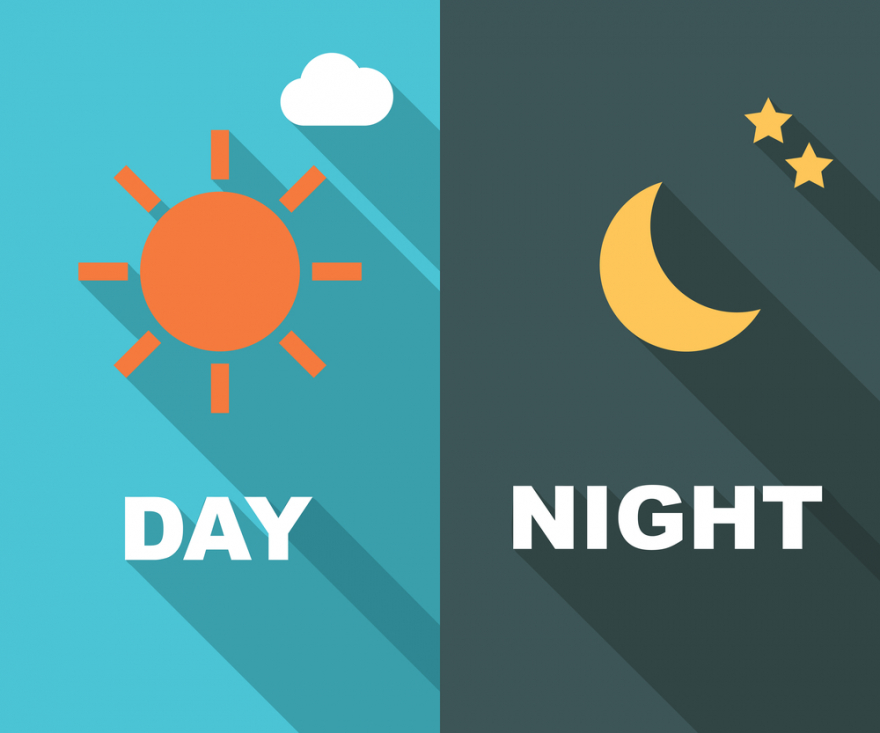 The Vanderbeekers are a large biracial family who live in an old brownstone on Harlem’s 141st street. They get along with their neighbors and have formed a supportive community with them. In this newest saga, Mrs. Vanderbeeker’s home baking business is shut down after an inspector cites several violations of city regulations. There are also animals being left on the Vanderbeerkers’ doorstep each day and the kids have no idea who is leaving them. What is heartwarming about these stories is that the Vanderbeeker children are always problem solving in an attempt to do something good for others—this time it’s their mother. There are enough twists and turns in the story to keep listeners engaged and wanting more—which is great because the next book in the Vanderbeekers series is set to be published in fall 2020.
The Vanderbeekers are a large biracial family who live in an old brownstone on Harlem’s 141st street. They get along with their neighbors and have formed a supportive community with them. In this newest saga, Mrs. Vanderbeeker’s home baking business is shut down after an inspector cites several violations of city regulations. There are also animals being left on the Vanderbeerkers’ doorstep each day and the kids have no idea who is leaving them. What is heartwarming about these stories is that the Vanderbeeker children are always problem solving in an attempt to do something good for others—this time it’s their mother. There are enough twists and turns in the story to keep listeners engaged and wanting more—which is great because the next book in the Vanderbeekers series is set to be published in fall 2020.
The Oldest Student: How Mary Walker Learned to Read
By RITA LORRAINE HUBBARD OGE MORA ILLUS.
Grades 1-4 January 23
Schwartz & Wade 2020 40 pages
The Oldest Student: How Mary Walker Learned to Read by Rita Lorraine Hubbard illustrates that it’s never too old to learn.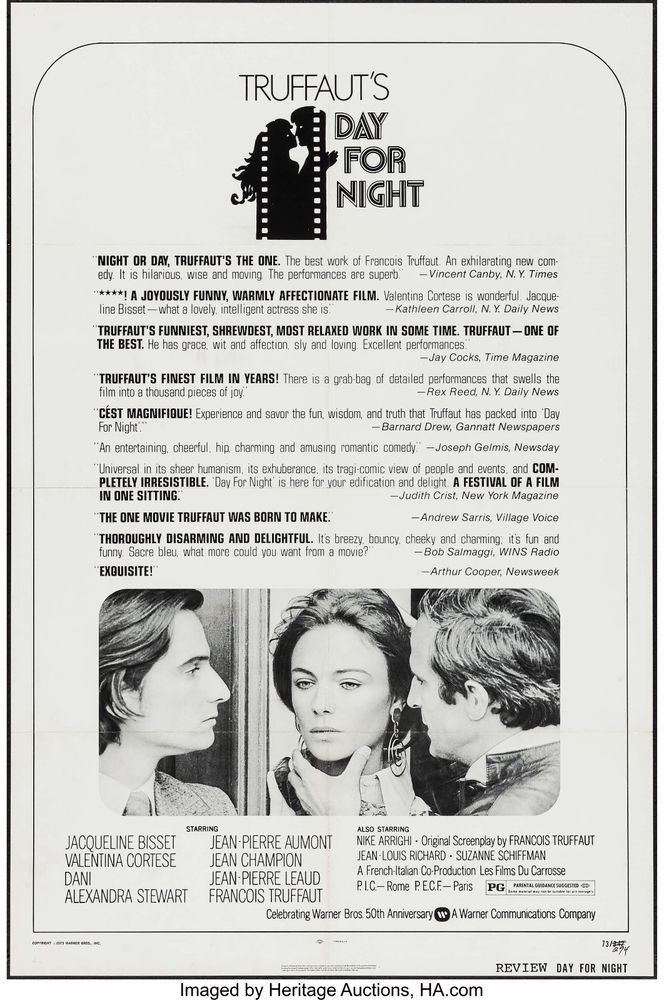 In 1848, Mary Walker was born into slavery, was freed when she was 15, and then married with her first child by age 20. Mary worked hard throughout her life and cared for her family which left no time for her to learn how to read the precious Bible given her years ago. At 114 years of age, Mary had outlived her entire family and lamented that she couldn’t read or write. When a reading class was held in her retirement home, she decided that now was the time. Mary worked hard on studying the alphabet and writing her name. Finally, at age 116, Mary could read! Oge Mora’s collage illustrations depict a strong, determined woman who persevered and achieved her goal. Don’t miss the beautiful book cover and the endpapers containing photographs
In 1848, Mary Walker was born into slavery, was freed when she was 15, and then married with her first child by age 20. Mary worked hard throughout her life and cared for her family which left no time for her to learn how to read the precious Bible given her years ago. At 114 years of age, Mary had outlived her entire family and lamented that she couldn’t read or write. When a reading class was held in her retirement home, she decided that now was the time. Mary worked hard on studying the alphabet and writing her name. Finally, at age 116, Mary could read! Oge Mora’s collage illustrations depict a strong, determined woman who persevered and achieved her goal. Don’t miss the beautiful book cover and the endpapers containing photographs
The Upper Case: Trouble in Capital City
By TARA LAZAR ROSS MACDONALD ILLUS.
Grades 1-4 January 22
Hyperion/Disney 2019 32 pages
Humorous books that lend themselves to reading aloud contain laugh-out-loud stories and entertaining language. Both are true for The Upper Case: Trouble in Capital City. Much more than an alphabet book, this quirky caper contains puns, idioms, and witty wordplay. Private I is dozing in his chair when Question Mark alerts him that the upper case letters have disappeared from Capital City. Can Private I solve this perplexing mystery because it’s too late? Tara Lazar and Ross MacDonald’s previous whodunit, 7 Ate 9: The Untold Story, is equally filled with riotous good humor.
Both are true for The Upper Case: Trouble in Capital City. Much more than an alphabet book, this quirky caper contains puns, idioms, and witty wordplay. Private I is dozing in his chair when Question Mark alerts him that the upper case letters have disappeared from Capital City. Can Private I solve this perplexing mystery because it’s too late? Tara Lazar and Ross MacDonald’s previous whodunit, 7 Ate 9: The Untold Story, is equally filled with riotous good humor.
Dear Zoo
By ROD CAMPBELL January 21
Grades Tod-K
Little Simon 1982/2019
This classic lift-the-flap book has been a favorite with toddlers, preschoolers, and parents ever since it was first published in 1982. A hardcover version has been reissued and contains the same simple repetitive phrasing, “I sent him back” and delightful zoo animals beneath the flaps such as monkey, giraffe, and elephant. Terrific book for interactive read alouds.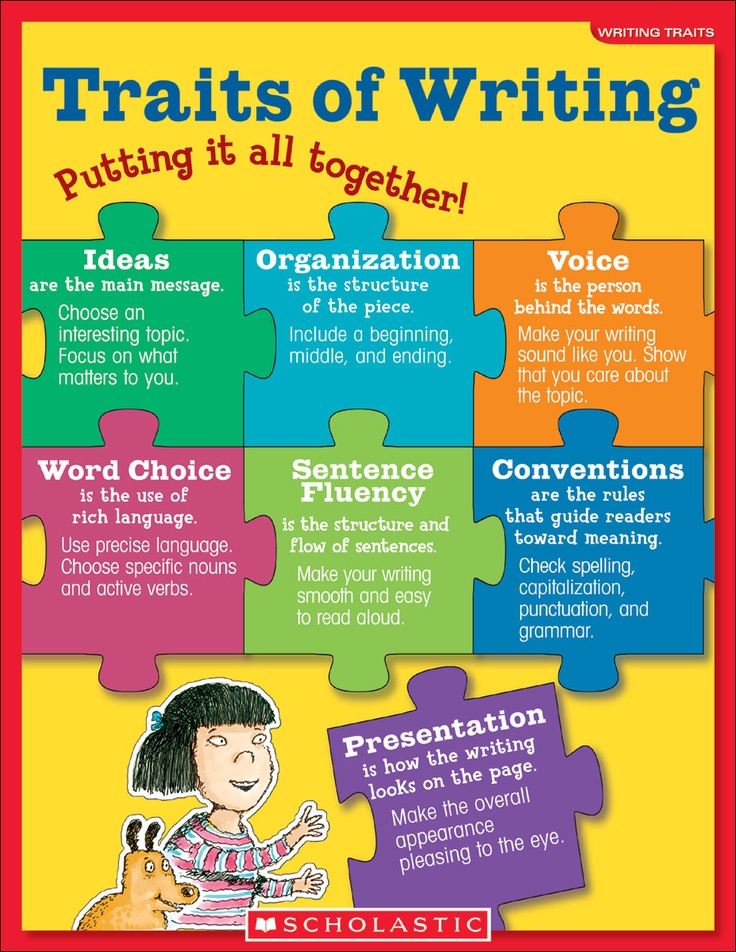
A Place to Land: Martin Luther King Jr. and the Speech That Inspired a Nation
By BARRY WITTENSTEIN JERRY PINKNEY ILLUS.
Grades 1-5 January 20
Holiday House 2019 48 pages
A Place to Land written by Barry Wittenstein tells of the night before the 1963 March on Washington as Dr. Martin Luther King, Jr. sat down to write his speech. What resulted is the now famous, “I Have a Dream Speech”. The spectacular watercolor illustrations by Caldecott Medal winning artist, Jerry Pinkney, are complemented by collage that utilizes fabric, photographs, sketches, and documents to offer a sense of time and importance. This is one of the most stunning picture books of 2019 and perfect for reading aloud on Dr. Martin Luther King, Jr. Day, or anytime
Fry Bread
By KEVIN NOBLE MAILLARD JUANA MARTINEZ-NEAL ILLUS.
Grades K-4 January 19
Roaring Book Press 2019 48 pages
Fry Bread: A Native American Family Story has received numerous awards and recognitions over the past few months.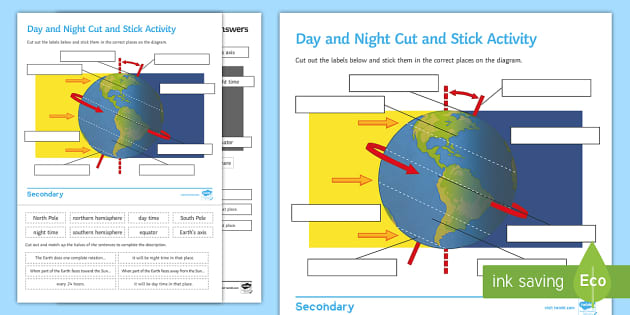 Keven Noble Maillard uses lively and informative text to share all the different things that fry bread is and what it represents. “Fry bread is color / golden brown, tan or yellow / Deep like coffee, sienna, or earth / Light like snow and cream / Warm like rays of sun. Fry bread is also flavor, time, art, history, and so much more. Juana Martinez-Neal’s expressive illustrations depict a modern Native American family. This book works well as a read aloud on many levels—the evocative and lively text that can be shared with younger children and the author’s note at the conclusion of the book that will provide additional context and information for older readers.
Keven Noble Maillard uses lively and informative text to share all the different things that fry bread is and what it represents. “Fry bread is color / golden brown, tan or yellow / Deep like coffee, sienna, or earth / Light like snow and cream / Warm like rays of sun. Fry bread is also flavor, time, art, history, and so much more. Juana Martinez-Neal’s expressive illustrations depict a modern Native American family. This book works well as a read aloud on many levels—the evocative and lively text that can be shared with younger children and the author’s note at the conclusion of the book that will provide additional context and information for older readers.
Winnie the Pooh
By A.A. MILNE A.G.SHEPHERD ILLUS. January 18
Grades K-4
Dutton 1926/1988 176 pages
It’s National Winnie the Pooh Day so why not pick up this 1926 classic and read it aloud to children. Winnie-the-Pooh and his friends Piglet, Owl, Tigger, and Eeyore have been a part of our literary heritage for years.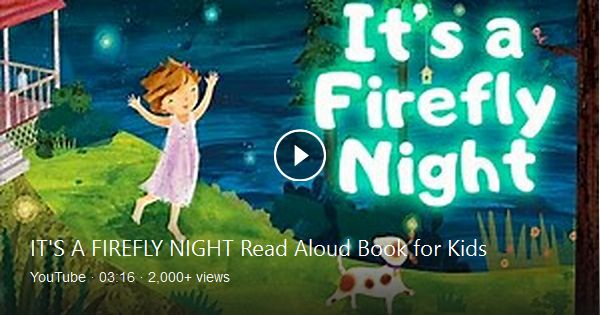 If you know the characters because of TV or movies, try reading this timeless story to gain greater understanding and appreciation of A.A. Milne’s unforgettable creation written for his son, Christopher Robin. Ernest H. Shepard’s accompanying illustrations give further personality to these memorable characters.
If you know the characters because of TV or movies, try reading this timeless story to gain greater understanding and appreciation of A.A. Milne’s unforgettable creation written for his son, Christopher Robin. Ernest H. Shepard’s accompanying illustrations give further personality to these memorable characters.
Finding Langston/Leaving Lymon
By LESA CLINE-RANSOME January 17
Grades 3-5
Holiday House 2018/2020 112/208 pages
The Read Aloud of the Day is Finding Langston. It’s 1946 and 11-year-old Langston’s beloved mother has passed away. His grief-stricken father decides they should leave their rural Alabama home to travel north to Chicago. Once there, Langston experiences being bullied at school by a boy named Lymon. When Langston discovers the public library, he discovers another Langston [Hughes] and the young boy realizes a connection in more ways than one. This fictional chapter book, great for reading aloud to students in grades 2-5, will provide an opportunity to share information about the influential poet. The companion novel by Lesa Cline-Ransome, Leaving Lymon, offers insight into the boy Langston feared who is dealing with his own family and personal issues. Both books are great for gaining a historical perspective and for generating discussion.
The companion novel by Lesa Cline-Ransome, Leaving Lymon, offers insight into the boy Langston feared who is dealing with his own family and personal issues. Both books are great for gaining a historical perspective and for generating discussion.
Izzy Gizmo and the Invention Convention
By PIP JONES SARA OGILVIE ILLUS. January 16
Grades K-3
Peachtree 2020 32 pages
So excited that a new Izzy Gizmo book will be published in March.In this newest story, Izzy has been invited to attend the Invention Convention on Technoff Isle. When Izzy, her bird Fixer, and Grandpa arrive, the budding inventors are challenged to make a machine to impress the Professor. When rival Abi von Lavish swoops up the items Izzy needs to create her robotic fashion designer, The Magnifi-Style, Izzy must come up with a new plan, and invention. Behold the Tool-Fix-Recycle-O-Matic! Unfortunately, Abi has also sapped all the power and Izzy’s thingummyjig goes on the blink.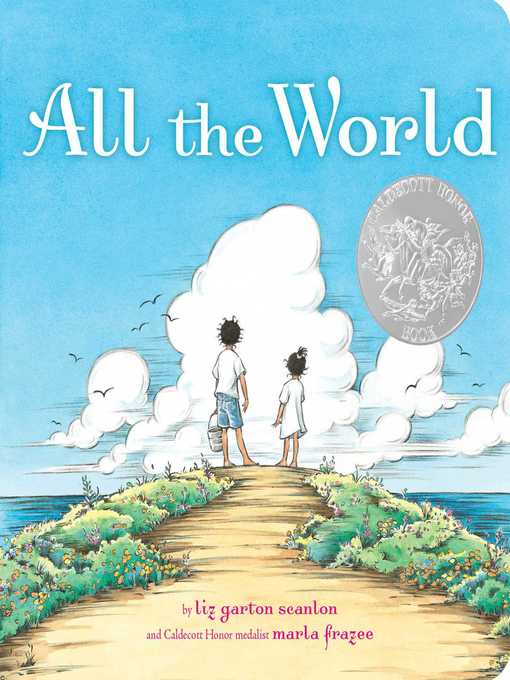 But with the support of her Grandpa and the ingenuity of Fixer, Izzy taps into other power sources. Izzy is a creative female protagonist who, at times, becomes frustrated but always perseveres.
But with the support of her Grandpa and the ingenuity of Fixer, Izzy taps into other power sources. Izzy is a creative female protagonist who, at times, becomes frustrated but always perseveres.
Infinite Hope: A Black Artist's Journey from World War II to Peace
By ASHLEY BRYAN January 15
Grades 5 and up
Atheneum 2019 108 pages
I have been an ardent fan of illustrator and storyteller, Ashley Bryan, for decades. When I had the honor and privilege to meet him, I was overwhelmed by his graciousness and humility. Infinite Hope: A Black Artist’s Journey from World War II to Peace is a fascinating autobiography that depicts Bryan’s experience serving in WWII through archival photographs, letters, journal entries, and art. Bryan and his fellow black soldiers faced unspeakable discrimination in the segregated U.S. Army. What sustained him, however, was his art. Portions or the entire book could be read aloud to middle and high school students during language arts, history, and art classes. This is also an excellent book for adults in learning more about Bryan as well as his experiences during the war. I honestly couldn’t put it down.
This is also an excellent book for adults in learning more about Bryan as well as his experiences during the war. I honestly couldn’t put it down.
King and Kayla & the Case of the Unhappy Neighbor
King and Kayla & the Case of the Missing Dog Treats
By DORI HILLESTAD BUTLER NANCY MYERS ILLUS. January 14
Grades 1-3
Peachtree 2020 and 2018
The newest in the King & Kayla early chapter book series by Dori Hillestad Butler follows the dog-and-human detective duo as they attempt to find who or what has knocked over the trash can and eaten the garden vegetables in Mr. Gary’s yard. King & Kayla and the Case of the Unhappy Neighbor is perfect for reading aloud and also for newly independent readers. The simple mystery stories incorporate problem-solving and critical thinking skills coupled with enjoyable characters and visual humor. Series books are great for motivating kids to read, especially when they find success in reading independently and want one more book just like the one they just read.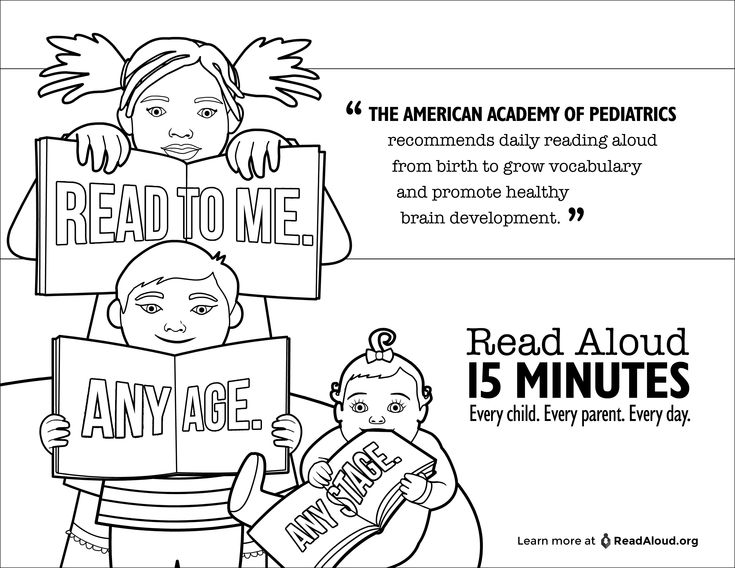 Publication date for this newest King & Kayla is March, but other books in the series are currently available including the Theodor Seuss Geisel Honor Award book, King & Kayla and the Case of the Missing Dog Treats.
Publication date for this newest King & Kayla is March, but other books in the series are currently available including the Theodor Seuss Geisel Honor Award book, King & Kayla and the Case of the Missing Dog Treats.
10 Little Rubber Ducks
By ERIC CARLE January 13
Grades PreK-1
HarperCollins 2005
Happy National Rubber Ducky Day! Eric Carle’s 10 Little Rubber Ducks was inspired by a 1992 incident when a shipment of 29,000 rubber bathtub toys, including ducks, fell overboard from a container ship. The rubber toys washed up on the shores of Alaska, floated their way through the Bering Strait, and drifted toward the northern coast of Greece. Carle provides a countdown of where he imagines these rubber ducks drifted to and the animals they encountered. The final page of the hardcover edition also includes a “Squeak” sound of one little rubber duck. The signature collage style of illustrations will capture listeners’ attention and have them counting along. Rubber Ducky, you’re the one!
Rubber Ducky, you’re the one!
Other Words for Home
By JASMINE WARGA January 12
Grades 5 and up
HarperCollins 2019 342 pages
One of the many values of stories is that they offer us a glimpse into the experiences and emotions of people who are both similar and different from us. Other Words for Home by Jasmine Warga is one of those books. Jude and her mother leave their beloved home in Syria to live with relatives in Cincinnati. The seventh grader is consumed with concern for her older brother, the absence of her friend Fatima, the struggle to learn English, and the search for identity. Written in verse, this middle grade novel presents listeners a perspective of what many refugees endure when coming to this country. It also offers an understanding that we are all essentially the same in wanting to feel like we belong, in our desire to seek happiness, and in our choice to adapt to life experiences we encounter.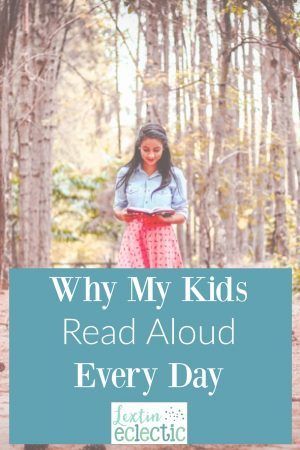
Bruce's Big Storm
By RYAN T. HIGGINS
Grades PreK-2 January 11
Disney/Hyperion 2019 48 pages
Fans of Ryan T. Higgins’s Mother Bruce books will not be disappointed in the latest in the series, Bruce’s Big Storm. Grumpy bear, Bruce, has little tolerance for his neighbors. When Soggy Hollow’s weather becomes very wet and very windy, the animals converge on Bruce’s house to ride out the storm. Soon the whole neighborhood is crowded into the bear's house having a grand time. Until one last guest arrives-- a great big oak tree that essentially demolishes Bruce’s home. When the storm passes, the animals trek to their own home, only to return to repair and remodel Bruce’s abode. The hilarious text and illustrations will make this a new favorite book for reading aloud.
Feed Your Mind: A Story of August Wilson
By JEN BRYANT CANNADAY CHAPMAN ILLUS.
Grades 5 and up January 10
Abrams 2019 48 pages
Told in two acts, Feed Your Mind: A Story of August Wilson, highlights aspects of this Pulitzer Prize-winning playwright from his mother encouraging him to read at an early age, to the prejudice his faced at school, to his motivation to continue his education by reading voraciously, and to his rise as a successful poet and playwright. Cannady Chapman’s expressive multi-media illustrations complement Jen Bryant’s poetic text in this picture book biography perfect for reading aloud to middle grade through high school students. The book includes an author’s note, a timeline of August Wilson’s life, a list of Wilson’s plays, and a bibliography
Cannady Chapman’s expressive multi-media illustrations complement Jen Bryant’s poetic text in this picture book biography perfect for reading aloud to middle grade through high school students. The book includes an author’s note, a timeline of August Wilson’s life, a list of Wilson’s plays, and a bibliography
Mr. Popper's Penguins
By RICHARD ATWATER AND FLORENCE ATWATER
Grades 3-7 1992 January 9
Little, Brown Books for Young Readers 160 pages
It’s Positively Penguin's Day and what better classic to read aloud than Mr. Popper’s Penguins by Florence and Richard Atwater. This humorous chapter book tells about a house painter who reads about penguins and even writes to explorers at the South Pole. Unexpectedly, he receives a penguin in the mail from one of the explorers followed by 11 more. He soon turns his basement into an ice rink and spends quite a bit of money on fish and shrimp. I remember my second grade teacher reading aloud this book. While adults need to dismiss the concern about a house painter could afford these penguins, kids rarely question the idea but think it’s would be really cool to own a penguin. Don’t forget to read the back matter that shares the story about the book as well as photos of the Atwaters.
While adults need to dismiss the concern about a house painter could afford these penguins, kids rarely question the idea but think it’s would be really cool to own a penguin. Don’t forget to read the back matter that shares the story about the book as well as photos of the Atwaters.
In the Middle of the Night: Poems from a Wide-Awake House
By LAURA PURDIE SALAS ANGELA MATTESON ILLUS.
Pre-school-3 January 8
Wordsong 2019 32 pages
Poetry begs to be read aloud. I have been a fan of Laura Purdie Salas for many years because her poetry picture books are always unique and fun to read. In the Middle of the Night: Poems from a Wide-Awake House offers a variety of poetic forms including rhyming, free verse, acrostic, poems for two voices, concrete poems and more. Each depicts the antics of toys and other objects that come to life after a little
girl falls asleep. Stuffed animals stage a late-night talent show, an overdue library book plays hide-and-seek, an aching basketball relaxes in a sink full of ice, and a fruit roll-up turns into a racetrack.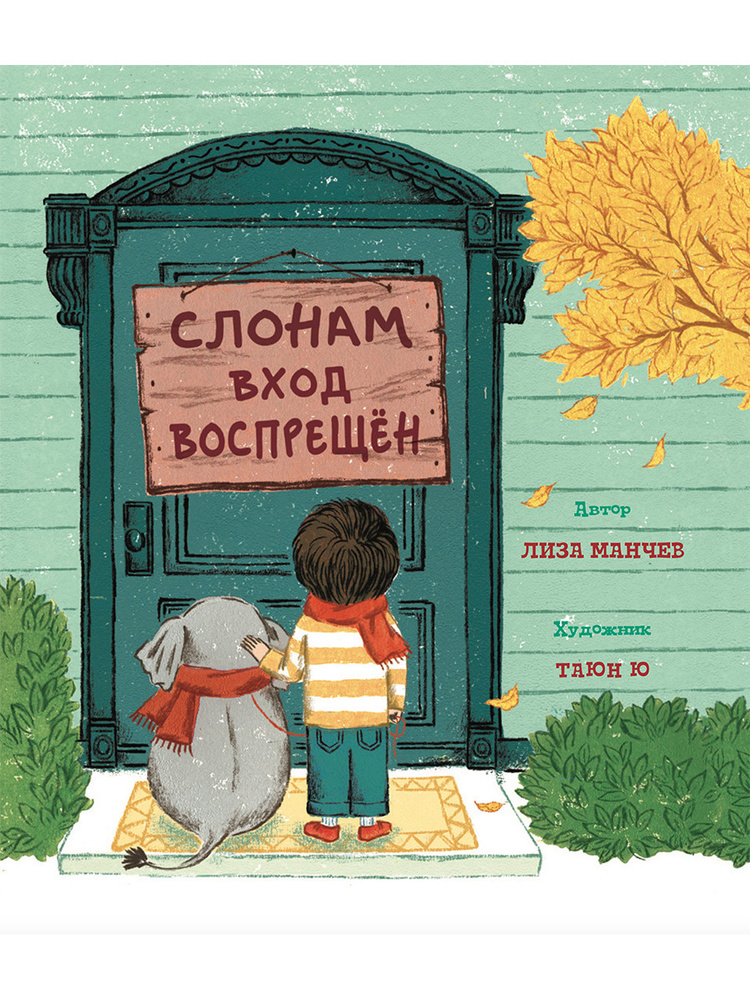 Each poem is cleverly illustrated by Angela Matteson. This is a great book for prompting creative writing.
Each poem is cleverly illustrated by Angela Matteson. This is a great book for prompting creative writing.
Snakes on a Train
By KATHRYN DENNIS January 7
Toddler-K
Feiwel & Friends 2019 32 pages
When reading aloud to toddlers and preschoolers, it’s great when they can join in on the fun. Snakes on a Train by Kathryn Dennis contains the repetitive phrase, “Hissssssssssssssss goes the sound of the train” that is perfect for interaction. The conductor takes the tickets as the snakes slither onto the train. Along the way, they encounter a pig on the track, a ride through a dark tunnel, a sense of flying as they travel down a steep hill, and finally an opportunity to curl up and sleep in their dens. The follow-up Snakes on the Job, published today, also has a repetitive phrase and follows the snakes as they use various construction vehicles to complete a special job.
Giant Squid
By CANDACE FLEMING ERIC ROHMANN ILLUS. January 6
January 6
Grade K-4
Roaring Brook 2016
Nonfiction is often not selected for reading aloud. However, some of the most interesting and beautifully illustrated books today are nonfiction. Giant Squid written by Candace Fleming uses lyrical language to share information about this elusive creature. Stunning illustrations by Eric Rohmann immediately capture listeners’ attention because of the dark colors and startling depiction of the squid. The double-page fold-out will elicit a few oohs and aahs. The book concludes with a drawing of the giant squid accompanied by additional facts.
Juana & Lucas
By JUANA MEDINA January 5
Grade K-3
Candlewick 2016 90 pages
Juana & Lucas by Juana Medina is a terrific illustrated chapter book for reading aloud to kindergarten through third graders. Juana lives in Bogatá, Colombia and loves to draw, eat Brussels sprouts and hang out with her best amigo, her dog Lucas. She also has a few dislikes such as wearing her itchy school uniform, solving math problems, and going to dance class. She really doesn’t like learning English but is motivated to do so when her grandfather tells her he has a fantástico trip that he has planned to Spaceland in the U.S. Kids will relate to this humorous story that is peppered with Spanish words and delightful illustrations. Juana & Lucas is based on Medina’s own childhood and was the recipient of the 2017 Pura Belpré Award. The sequel, Juana & Lucas: Big Problems continue the woes and joys of this young girl’s life.
She also has a few dislikes such as wearing her itchy school uniform, solving math problems, and going to dance class. She really doesn’t like learning English but is motivated to do so when her grandfather tells her he has a fantástico trip that he has planned to Spaceland in the U.S. Kids will relate to this humorous story that is peppered with Spanish words and delightful illustrations. Juana & Lucas is based on Medina’s own childhood and was the recipient of the 2017 Pura Belpré Award. The sequel, Juana & Lucas: Big Problems continue the woes and joys of this young girl’s life.
Saturday
Grade K-3
By OGE MORA January 4
Little, Brown 2019
Saturdays can be busy days, but they are also days that are highly anticipated by both children and adults. Oge Mora’s Saturday shares the story of Ava and her mother who cherish Saturday and the time they can spend together. On Saturdays, they zip to the library for storytime, get new hairdos, and picnic in the park. But this Saturday they would be riding across town for a one-night-only puppet show. Unfortunately, not everything goes according to plan. But Ava feels the day was special and splendid because she spent it with her mother. This beautifully illustrated picture book will definitely prompt discussion about favorite days and what makes them so. The book cover and endpapers are not to be missed!
But this Saturday they would be riding across town for a one-night-only puppet show. Unfortunately, not everything goes according to plan. But Ava feels the day was special and splendid because she spent it with her mother. This beautifully illustrated picture book will definitely prompt discussion about favorite days and what makes them so. The book cover and endpapers are not to be missed!
The Perfect Seat
Grade Pre-School-2
By Minh Lê - Gus Gordon illus. January 3
Disney/Hyperion 2019
“Can you read to me?”
“Of course! But first we have to find The Perfect Seat.
What better book to #readaloudoftheday is a story about reading aloud by Minh Lê and illustrated by Gus Gordon. A parent and child seek out the perfect seat for sitting and reading aloud a book but everything seems too tall or too short, too thin or too wide, or too funky or too fancy. But finally they discover the perfect seat was with them all the time—the parent’s lap. Gordon’s watercolor illustrations are just perfect for this engaging story. Don’t forget to take a peek under the book jacket and explore the endpapers.
Gordon’s watercolor illustrations are just perfect for this engaging story. Don’t forget to take a peek under the book jacket and explore the endpapers.
Don't Let the Pigeon Drive the Bus!
Grade Pre-school and up
By MO WILLEMS January 2
Disney/Hyperion 2003
Author and illustrator, Mo Willems, creates picture books that are perfect for reading aloud. Don’t Let the Pigeon Drive the Bus is hilarious and interactive (what child can resist in responding, No! to the Pigeon’s plea to drive the bus). The illustrations are engaging beginning with the initial endpaper, the dialogue on the first page, the interesting format, and finally the concluding endpaper. There are several more “Pigeon” books that are just as fun to read aloud, numerous Pigeon videos on YouTube, and a new Pigeon musical. Also check out Willems’ website, pigeonpresents.com for teacher’s guides and activities.
Because of Winn-Dixie
Grades 1-5
By KATE DiCAMILLO January 1
Candlewick Press 2000 182 pages
Happy New Year! The first Read Aloud of the Day is chapter book, Because of Winn-Dixie by Kate DiCamillo. I have read aloud this book to elementary school children as well as my undergraduate college students and it always prompts amazing discussions and connections. Who could resist a book about a girl, a dog, and a town full of quirky characters? The first line sets the tone: “My name is India Opal Buloni, and last summer my daddy, the preacher, sent me to the store for a box of macaroni-and-cheese, some white rice, and two tomatoes and I came back with a dog.” Opal and her new dog Winn-Dixie, meet various townspeople and slowly learn their stories of sadness, joy, and hope. Rich language and descriptive writing make this one of my very favorite books for reading aloud.
I have read aloud this book to elementary school children as well as my undergraduate college students and it always prompts amazing discussions and connections. Who could resist a book about a girl, a dog, and a town full of quirky characters? The first line sets the tone: “My name is India Opal Buloni, and last summer my daddy, the preacher, sent me to the store for a box of macaroni-and-cheese, some white rice, and two tomatoes and I came back with a dog.” Opal and her new dog Winn-Dixie, meet various townspeople and slowly learn their stories of sadness, joy, and hope. Rich language and descriptive writing make this one of my very favorite books for reading aloud.
BY LAURA MURRAY, TRACEY HECHT, AND BRENDAN WENZEL
On Friday, Nov. 15, I am presenting a session on Rollicking Read Alouds at the American Association of School Librarians in Louisville, KY. I will be joined by Laura Murray, Tracey Hecht, and Brendan Wenzel. Laura has a picture book series of "Gingerbread Man" books that provide rhyming, rollicking fun.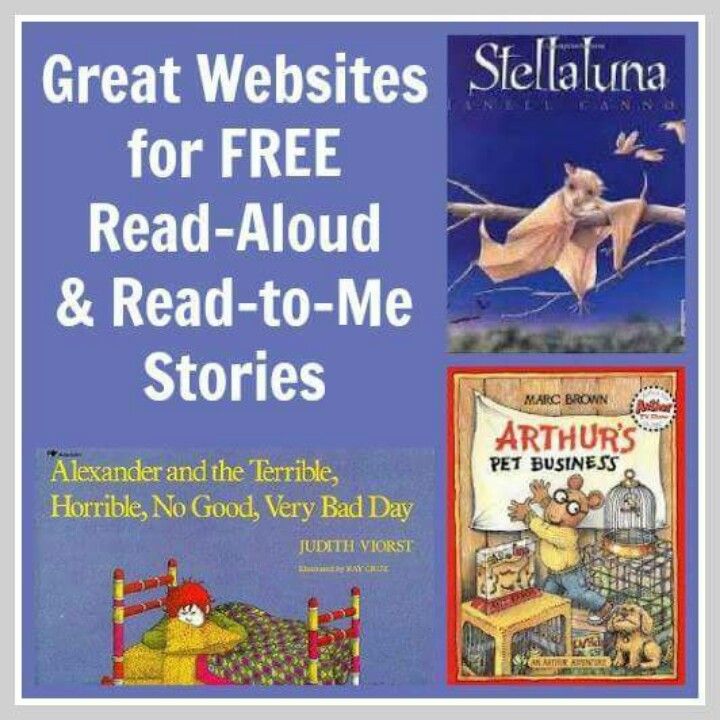 Tracey's "Nocturnals" books are good for middle-grade readers and reading aloud because of the interesting characters and lots of dialogue that engages listeners. And of course, Brendan Wenzel's picture books are artistically stunning. Not sure if A Stone Sat Still would be considered a "rollicking read aloud" but it is definitely a must for reading aloud and discussing with kids.
Tracey's "Nocturnals" books are good for middle-grade readers and reading aloud because of the interesting characters and lots of dialogue that engages listeners. And of course, Brendan Wenzel's picture books are artistically stunning. Not sure if A Stone Sat Still would be considered a "rollicking read aloud" but it is definitely a must for reading aloud and discussing with kids.
BY JEN BRYANT; CANNADAY CHAPMAN ILLUS.
Grades 1-4
Abrams Books for Young Readers 2019 48 pages
This week, my undergraduate children's literature class is exploring picture book biographies. I think some of the best biographies are published in this format. One author that does an amazing job in writing about the life of individuals is Jen Bryant. Whether the focus is on artists such as Georgia O'Keefe or Horace Pippin, word wizard Peter Mark Roget, or poet William Carlos Williams, each one is unique in how the information is presented. One week from today, Jen's newest book, Feed Your Mind: A Story of August Wilson, will be available.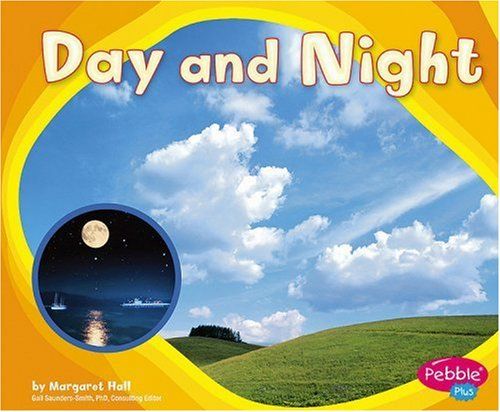 I can't wait to read this newest gem by Jen.
I can't wait to read this newest gem by Jen.
BY JASON REYNOLDS
Grades 5 and up
Atheneum, 2019 194 pages
Jason Reynolds is a masterful storyteller and Look Both Ways: A Tale Told in Ten Blocks doesn’t disappoint. Ten short stories, featuring characters in middle school, are cleverly woven together in both humorous and poignant ways. But all of them are sure to engage kids. Each chapter averages around 15 pages (perfect for reading aloud) and tackles a topic not far removed from experiences kids encounter in middle grades. And these topics will definitely prompt discussion starting with the first chapter on boogers and others focusing on bullying, parental illness, and homophobia. I haven’t had an opportunity to share this with kids but would love to hear about their reactions if you have some to share.
I Wonder
By KARI ANNE HOLT KENARD PAK ILLUS.
Grades Preschool-2
Random House Books for Young Readers 2019 40 pages
Questions such as, "I wonder if sandwiches get made when you bite them?" or "Do windmills ever get tired?" or "I wonder if books read us, too?" will certainly prompt other questions and motivate kids to conduct their own inquiry into the world around them.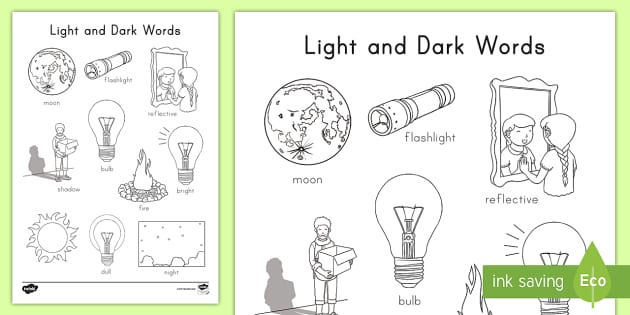 K.A. Holt's whimsical questions are accompanied by Kenard Pak's captivating illustrations in this engaging wonder-ful picture book.
K.A. Holt's whimsical questions are accompanied by Kenard Pak's captivating illustrations in this engaging wonder-ful picture book.
Hands Up!
By BREANNA J. McDANIEL SHANE W. EVANS ILLUS.
Grades Preschool-3
Dial Books 2019 32 pages
I'm always on the lookout for books that lend themselves to interactive read alouds. Hands Up by Breanna J. McDaniel is perfect for preschool and kindergarten storytimes. Kids will quickly pick up on the repetitive phrase, “Hands Up” and will join in the fun. Vibrant and colorful illustrations by Shane W. Evans make excellent use of lines to prompt raising hands up high.
Bear Came Along
By RICHARD T. MORRIS LEUYEN PHAM ILLUS.
Grades: Preschool-3
Little, Brown Books for Young Readers 2019 40 pages
"Once there was a river that flowed night and day, but it didn't know it was a river until Bear Came Along". And soon more animals join bear and a grand adventure is had by all.
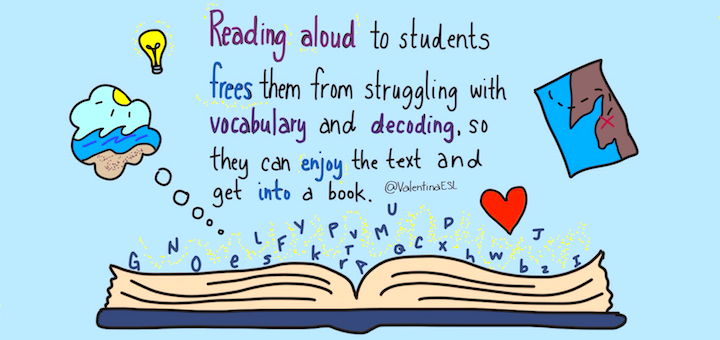 Richard T. Morris's, Bear Came Along, contains a humorous storyline filled with expressive vocabulary such as curious, content, and excited. LeUyen Pham's illustrations are eye-catching and depict each character's emotions as they embark on an adventure that is literally filled with twists and turns. Be sure to remove the dust jacket, view the endpapers, and read the author and illustrator notes at the end.
Richard T. Morris's, Bear Came Along, contains a humorous storyline filled with expressive vocabulary such as curious, content, and excited. LeUyen Pham's illustrations are eye-catching and depict each character's emotions as they embark on an adventure that is literally filled with twists and turns. Be sure to remove the dust jacket, view the endpapers, and read the author and illustrator notes at the end.Child of the Dream: A Memoir of 1963
BY SHARON ROBINSON
Grades 4-8
Scholastic, 2019 234 pages
At the recent International Literacy Association Conference in New Orleans, I had the pleasure of hearing Sharon Robinson speak about her new book Child of the Dream: A Memoir of 1963. This is a compelling book in which she talks about her thirteen-year-old self and the impact of one of the most important years of the Civil Rights Movement. That year saw the Children’s March in 1963, the March on Washington for Jobs and Freedom, and the bombing of the 16th Street Baptist Church in Birmingham in which four young girls were killed. Photos of Sharon and her family (which of course includes baseball legend, Jackie Robinson) are included. Two picture books that could accompany the reading of this book include Let the Children March written by Monica Clark-Robinson and A Place to Land: Martin Luther King, Jr. and the Speech that Inspired a Nation by Barry Wittenstein with stunning illustrations by Jerry Pinkney.
Photos of Sharon and her family (which of course includes baseball legend, Jackie Robinson) are included. Two picture books that could accompany the reading of this book include Let the Children March written by Monica Clark-Robinson and A Place to Land: Martin Luther King, Jr. and the Speech that Inspired a Nation by Barry Wittenstein with stunning illustrations by Jerry Pinkney.
If I Built a School
BY CHRIS VAN DUSEN
Grades K-3
Dial, 2019 32 pages
If I Built A School by Chris Van Dusen is perfect for reading aloud. Van Dusen uses rhyming couplets that flow easily and aren’t forced by including words just to create a rhyme. The illustrations have a unique and eye-catching retro look that is Van Dusen’s trademark style. Imaginations will soar with the thought of hover desks with bumpers, a robo-chef named Pete who mixes up tasty, and unique lunches, and a playground with a zip line and water for tubing. Teachers would love this school as well where a stylus can be used to write in the air, hologram guests both past and present can visit the classroom, and specialty buses can dive underwater and blast off the ground.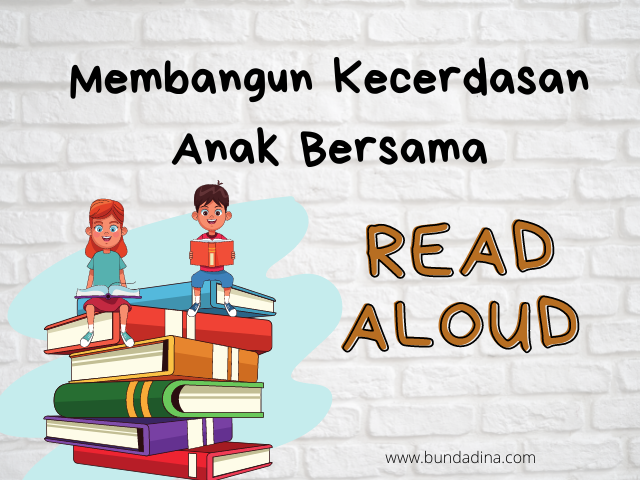 This is the third in Van Dusen’s series which includes If I Built a Car (2005) and If I Built a House (2012). Kids will be motivated and excited to think about all the other things or places that could be built.
This is the third in Van Dusen’s series which includes If I Built a Car (2005) and If I Built a House (2012). Kids will be motivated and excited to think about all the other things or places that could be built.
The Princess in Black Takes a Vacation
BY SHANNON HALE AND DEAN HALE; LEUYEN PHAM, ILLUS.
Grades K-3
Atheneum, 2017; e-book, audiobook 96 pages
This is book four in the popular Princess in Black series. Our heroine, Princess Magnolia, is exhausted. She has been battling monsters for the fourteenth time in one week. When the masked Goat Avenger suggests she take a vacation, the Princess decides to ride her bicycle to the seashore. When a sea monster begins terrorizing the beach, the Princess in Black knows she needs to spring into action. Dual storylines of Princess Magnolia and
the Goat Avenger keep the pace exciting. Illustrations by LeUyen Pham add to the fun. Other books in the series: The Princess in Black; The Princess in Black and the Perfect Princess Party; The Princess in Black and the Hungry Bunny Horde; The Princess in Black and the Mysterious Playdate; The Princess in Black and the Science Fair Scare; and The Princess in Black Takes a Holiday.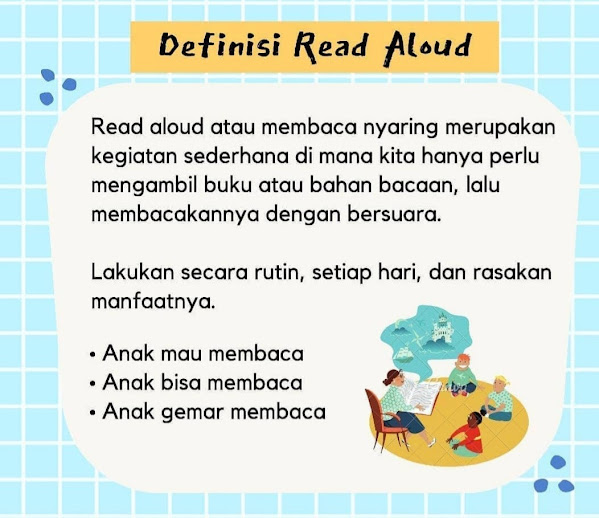
Dean Hale, Shannon Hale, Marie LeJeune, Cyndi Giorgis at the International Literacy Association Conference in New Orleans, October, 2019
Marie LeJeune and Cyndi Giorgis preparing for their presentation with Dean and Shannon Hale at ILA by dressing as Princess in Black.
"Twinkle, Twinkle, Little Smash!"
A Drop of Hope
BY KEITH CALABRESE
Grades 3–8
Scholastic, 2019; e-book 320 pages
A well. A wish. And a little drop of hope. These three things are expertly woven together in this engaging and thought-provoking read-aloud. The town of Cliffs Donnelly is facing tough times and a few miracles would help its residents. Sixth grader Ernest Wilmette is small in stature, but large with optimism. His classmates, Ryan Hardy and Lizzy MacComber, are not quite as positive in their outlook given their family and personal challenges.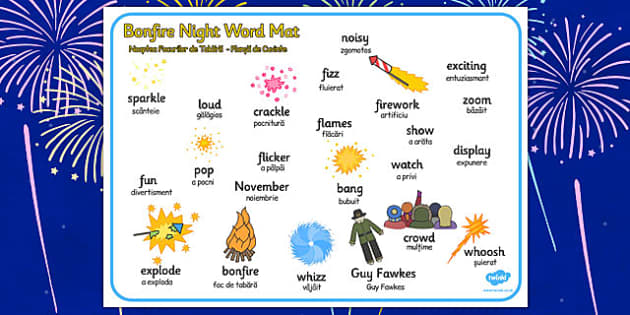 And then there’s bully Tommy Bricks who is feared by all.
And then there’s bully Tommy Bricks who is feared by all.
At the center of the story is Thompkins Well where, legend has it, a miracle took place generations ago when a significant wish was granted. When Ernest and Ryan discover a hidden tunnel that leads to the bottom of the well, they also unwittingly hear the wishes of people—some whose voices they recognize and others that are unfamiliar. Ernest decides they should find a way to make the wishes come true despite Ryan’s skepticism. Couple Ernest’s genuine wish-granting intent with his task of cleaning his late grandfather’s attic and somehow wishes do come true. Told through various characters’ perspectives, this novel is storytelling at its finest.
Related books: Hello Universe by Erin Entrada Kelly; The Dreamer by Pam Muñoz Ryan; Louisiana’s Way Home by Kate DiCamillo; and Walk Two Moons by Sharon Creech.
Dandy
BY AME DYCKMAN; CHARLES SANTOSO, ILLUS.
Grades Preschool-2 Little Brown, 2019 40 pages
Daddy takes pride in his perfect lawn.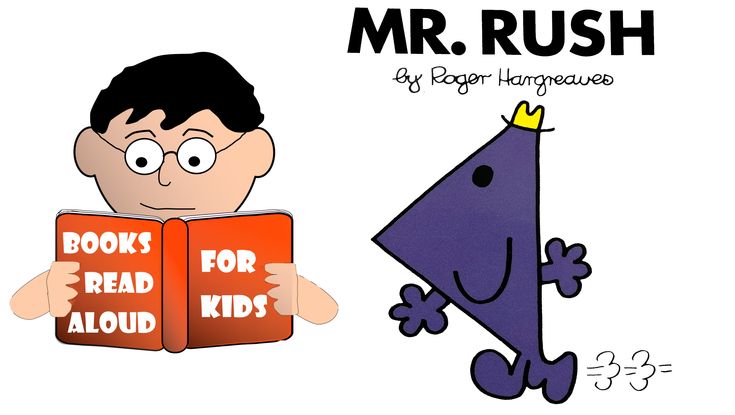 But then he spies a dandelion. Before he is able to get his clippers to remove it, his daughter, Sweetie, has claimed it and named it Charlotte. Every attempt to remove the weed is unsuccessful because Sweetie doesn’t stray far away from it. Finally, daddy has his chance when Sweetie leaves for swim lessons. As he makes his approach toward the dandelion, he spies a picture Sweetie has drawn of Charlotte and daddy. Unfortunately, his clippers drop and damage Charlotte. The illustrations on the next few pages are hilarious as daddy and his neighbros try to revive the damaged dandelion. If you are looking for a charming book about fathers and daughers, this one will do the trick. Related books: Dad By My Side by Soosh; and My Dad Thinks He’s Funny by Katrina Germein.
But then he spies a dandelion. Before he is able to get his clippers to remove it, his daughter, Sweetie, has claimed it and named it Charlotte. Every attempt to remove the weed is unsuccessful because Sweetie doesn’t stray far away from it. Finally, daddy has his chance when Sweetie leaves for swim lessons. As he makes his approach toward the dandelion, he spies a picture Sweetie has drawn of Charlotte and daddy. Unfortunately, his clippers drop and damage Charlotte. The illustrations on the next few pages are hilarious as daddy and his neighbros try to revive the damaged dandelion. If you are looking for a charming book about fathers and daughers, this one will do the trick. Related books: Dad By My Side by Soosh; and My Dad Thinks He’s Funny by Katrina Germein.
Best Back-to-School Books for the First Days of School
The first days of back-to-school can truly set the stage for the entire school year with students. And read-aloud books are a perfect way to get to know one another, encourage class discussions, and figure out which values will define your class’s identity. Here are 46 of our favorite back-to-school books plus follow-up activities for each one.
Here are 46 of our favorite back-to-school books plus follow-up activities for each one.
(Just a heads up, WeAreTeachers may collect a share of sales from the links on this page. We only recommend items our team loves!)
ADVERTISEMENT
1. Harry Versus the First 100 Days of School by Emily Jenkins
An energetic, funny book that follows Harry through the first 100 days of first grade—from name games to making friends to learning how to be a friend. It’s broken into short chapters, so add this to your list of back-to-school books for a fun way to start your first days of school.
Buy it: Harry Versus the First 100 Days of School at Amazon
Follow-up activity: Start a 100-link paper chain to mark your first 100 days together, or try one of these fun activities.
2. The Circles All Around Us by Brad Montague
When a child is born, their circle is very small. As they grow, the circle around them grows to include family, friends, and neighbors.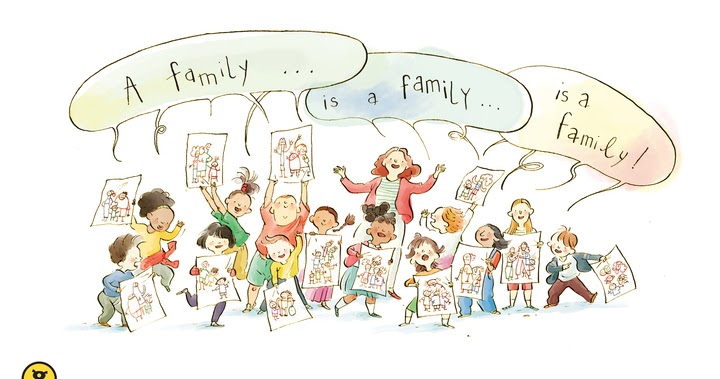 This sweet story is perfect for back-to-school to set the tone for enlarging our circles to include new friends and experiences.
This sweet story is perfect for back-to-school to set the tone for enlarging our circles to include new friends and experiences.
Buy it: The Circles All Around Us at Amazon
Follow-up activity: Watch this video, adorably narrated by the author’s children.
3. Principal Tate Is Running Late! by Henry Cole
Looking for funny back-to-school books? When Principal Tate is running late, the students, teachers, parents, and visitors at Hardy Elementary School must come together to keep school running smoothly.
Buy it: Principal Tate Is Running Late! at Amazon
Follow-up activity: Try one (or more) of these fun team-building activities with your students.
4. Hello World! by Kelly Corrigan
Everywhere we go, we can meet interesting people who add value to our lives. This charmingly illustrated book is a great conversation starter to help your students get to know one another.
Buy it: Hello World! at Amazon
Follow-up activity: Try one (or more) of these icebreaker activities with your students.
5. A Letter From Your Teacher on the First Day of School by Shannon Olsen
In this heartwarming book, a teacher writes a love note to her students. She shares all the things she is looking forward to for the school year and all the fun things they will share.
Buy it: A Letter From Your Teacher at Amazon
Follow-up activity: Ask students to turn to a friend and share what they are most looking forward to this school year.
6. Butterflies on the First Day of School by Annie Silvestro
If you’re looking for the best back-to-school books to ease your students’ butterflies, try this sweet story. Rosie gets a new backpack and can hardly wait for school to start. But the first morning, she’s not so sure. “You just have butterflies in your belly,” her mom tells her.
Buy it: Butterflies on the First Day of School at Amazon
Follow-up activity: Play a game of toss-around. Form a circle and begin by telling your students how you are feeling about the new school year.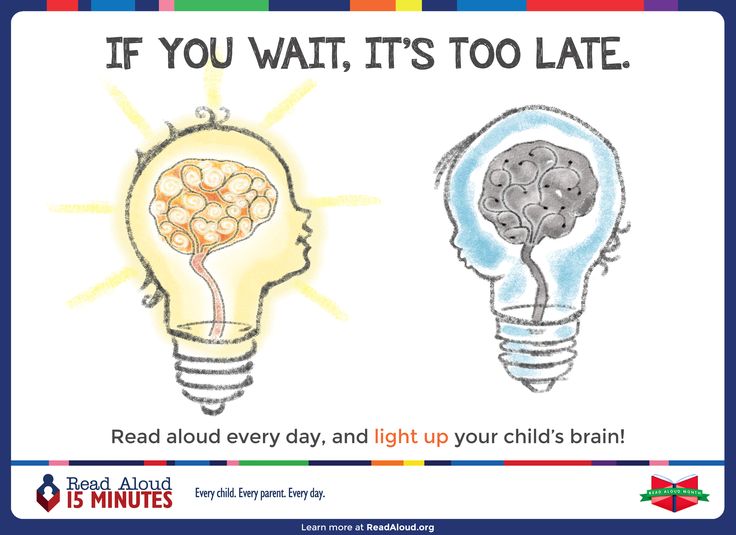 For example, “I was nervous, but now I’m excited.” Toss the ball to a student so they can share how they’re feeling. Play continues until every student who wants to has had a chance to participate.
For example, “I was nervous, but now I’m excited.” Toss the ball to a student so they can share how they’re feeling. Play continues until every student who wants to has had a chance to participate.
7. The Magical Yet by Angela DiTerlizzi
An inspirational rhyming book that teaches kids the power of “yet.” We all have a lot to learn in life, and sometimes skills we wish we had just aren’t there … yet. A book about perseverance and having faith in yourself. Add this to your list of back-to-school books that teach growth mindset.
Buy it: The Magical Yet at Amazon
Follow-up activity: Ask students to write an entry in their journal about something they are hoping to learn or get better at this year.
8. My Wild First Day of School by Dennis Mathew
This humorous book by the author of Bello the Cello encourages kids to be brave, take a risk, and try something new.
Buy it: My Wild First Day of School at Amazon
Follow-up activity: Brainstorm a list of “what if” questions with your students. Tap into their hopes and wishes and set the stage for an amazing year.
Tap into their hopes and wishes and set the stage for an amazing year.
9. Most Marshmallows by Rowboat Watkins
If you’re looking for best back-to-school books about individuality, you’re going to want to check out this quirky tale. It’s all about marching to the beat of your own drummer. What would happen if you dreamed big?
Buy it: Most Marshmallows at Amazon
Follow-up activity: Ask students to write in their journals about what makes them unique.
10. If I Built a School by Chris Van Dusen
Hover desks? Robo-chef in the cafeteria? Field trips to Mars? The main character of this school story has some out-of-this-world ideas about what his ideal school would look like.
Buy it: If I Built a School at Amazon
Follow-up activity: Ask students to draw a picture, with captions and explanations, showing what their perfect school would look like.
11. Your Name Is a Song by Jamilah Thompkins-Bigelow
A young girl learns the musicality of African, Asian, Black American, Latinx, and Middle Eastern names and returns to school eager to share with her classmates.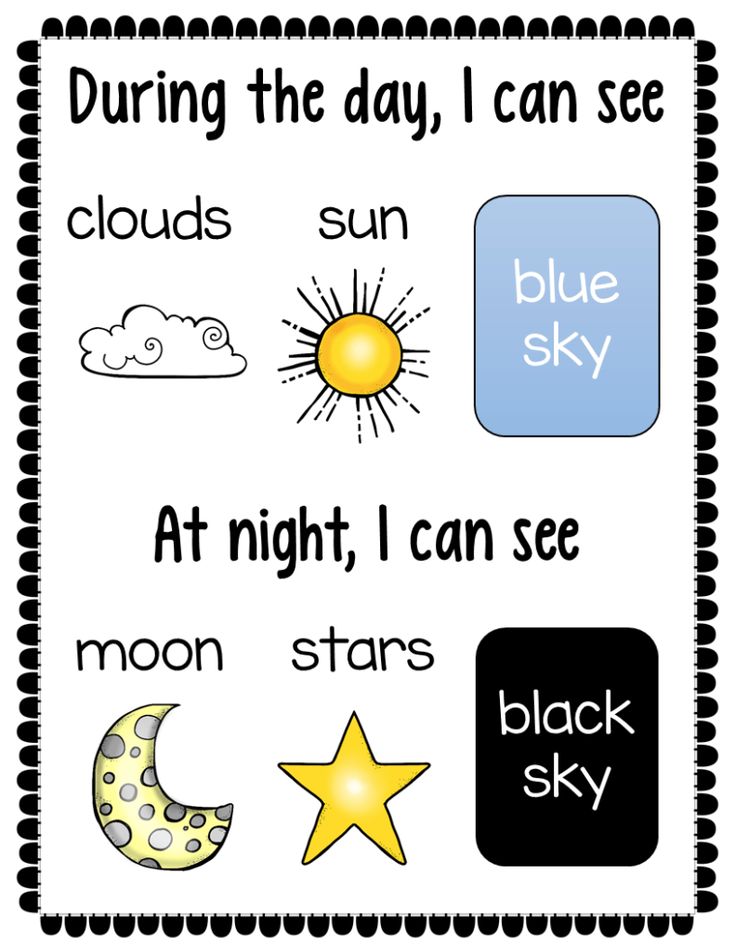
Buy it: Your Name Is a Song at Amazon
Follow-up activity: Go around the circle and ask each student if there is a story behind their name.
12. Our Class Is a Family by Shannon Olsen
Back-to-school books like this one show your class that they are a family, no matter whether they meet for online or in-person learning.
Buy it: Our Class Is a Family at Amazon
Follow-up activity: Have each student draw an image of their family and “extended family.”
13. Tomorrow I’ll Be Kind by Jessica Hische
Sometimes the smallest gesture of kindness goes a long way. Reading sweet back-to-school books like this one teaches young ones how to be good friends and classmates.
Buy it: Tomorrow I’ll Be Kind at Amazon
Follow-up activity: Ask students to share what is the most important thing about being a good friend.
14. I Got the School Spirit by Connie Schofield-Morrison
Students will love the rhythm and sounds in this book about back-to-school spirit. VROOM, VROOM! RING-A-DING!
VROOM, VROOM! RING-A-DING!
Buy it: I Got the School Spirit at Amazon
Follow-up activity: Ask students to share the sounds they identify with school!
15. Waiting Is Not Easy! by Mo Willems
Mo Willems has written some fantastic back-to-school books. In this one, when Gerald tells Piggie he has a surprise for him, Piggie can hardly wait. In fact, he has a hard time waiting all day! But when the sun goes down, and the Milky Way fills the night sky, Piggie learns that some things are worth the wait.
Buy it: Waiting Is Not Easy! at Amazon
Follow-up activity: Ask your students to turn to a partner and share a time that they had to wait for something.
16. Sorry, Grown-Ups, You Can’t Go to School! by Christina Geist
If you’re looking for back-to-school books for students who are having a hard time leaving their parents, this sweet tale is a good pick. Perfect for the child who is feeling a little nervous about going to school, this story features a family that doesn’t want to be left behind.
Buy it: Sorry, Grown-Ups, You Can’t Go to School! at Amazon
Follow-up activity: Draw a picture of what school would look like if students’ moms and dads came to school with them.
17. The Pigeon Has to Go to School! by Mo Willems
Want more back-to-school books by Mo Willems? This silly picture book addresses many of the fears and anxieties that little ones feel as they get ready to go to school for the first time.
Buy it: The Pigeon Has to Go to School! at Amazon
Follow-up activity: This one will get kids riled up, so after reading, have them stand up and shake their sillies out.
18. School’s First Day of School by Adam Rex
There are books about children, parents, and teachers being nervous for the first day of school. This adorable book examines the first day of school from the perspective of the school itself.
Buy it: School’s First Day of School at Amazon
Follow-up activity: Project a photo of your school onto the board as inspiration as kids draw and color in their own image of school.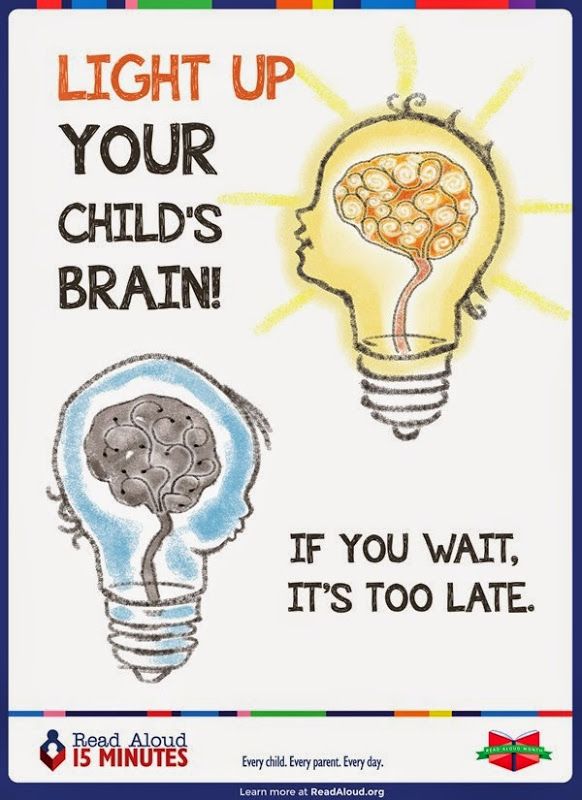
19. Brown Bear Starts School by Sue Tarsky
Sweet little Brown Bear worries about the first day of school, but soon he realizes he is more capable than he thought.
Buy it: Brown Bear Starts School at Amazon
Follow-up activity: Have students turn and talk about one worry they had before school started.
20. Pirates Don’t Go to Kindergarten! by Lisa Robinson
Need back-to-school books for kindergartners? Ahoy, mateys! Pirate Emma has a hard time transitioning from her beloved preschool captain to the new captain aboard the S.S. Kindergarten.
Buy it: Pirates Don’t Go to Kindergarten! at Amazon
Follow-up activity: Ask students to share their favorite things about preschool, which you can record on a piece of chart paper. As you list them, tell students something that will be just as fun about kindergarten.
21. The Cool Bean by Jory John and Pete Oswald
Once “peas in a pod,” poor chickpea doesn’t fit in with the other beans anymore. Despite having grown apart, the other beans are always there to lend a hand when chickpea is in need.
Despite having grown apart, the other beans are always there to lend a hand when chickpea is in need.
Buy it: The Cool Bean at Amazon
Follow-up activity: Ask students to write about a friend from whom they have grown apart.
22. How To Read a Book by Kwame Alexander
Back-to-school books can inspire students with beautiful illustrations about the miraculous pleasures of reading that will inspire the book lover in all of us. One reader gushes, “Every page is a wonder as the words and art melt into one.”
Buy it: How To Read a Book at Amazon
Follow-up activity: Ask students to write one colorful sentence in praise of reading.
23. The King of Kindergarten by Derrick Barnes and Vanessa Brantley-Newton
The bubbly main character of this sweet story is bursting with excitement for the first day of school. His confidence will be contagious for your new kindergartners.
Buy it: The King of Kindergarten at Amazon
Follow-up activity: Have students turn to a neighbor and tell them the one thing they were most excited about on the first day of school.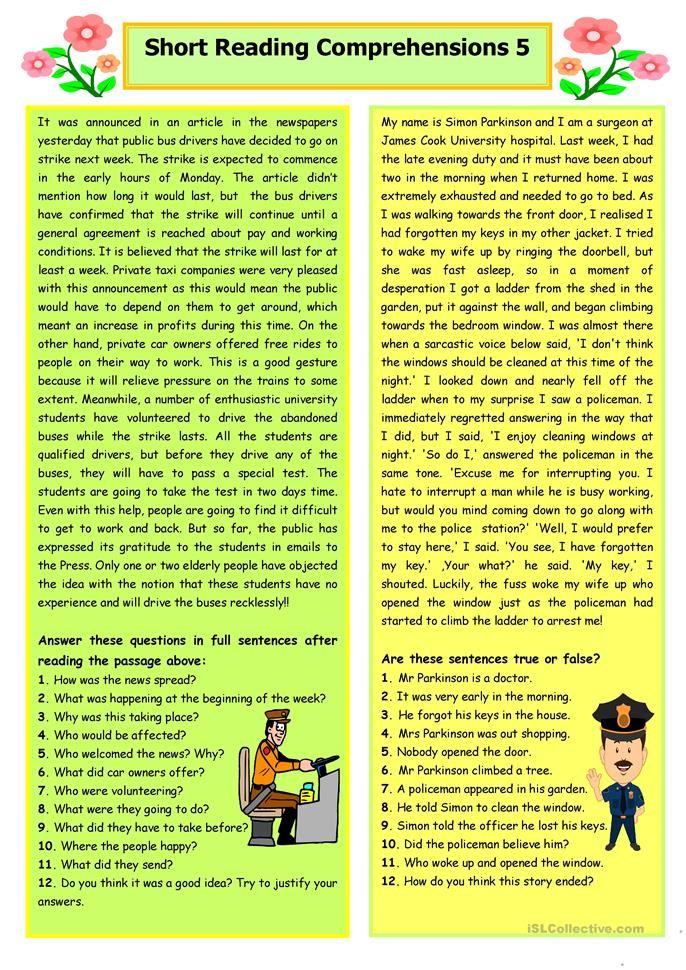
24. The Day You Begin by Jacqueline Woodson
Starting fresh in a new environment, especially when you look around and think that nobody quite looks or sounds like you, can be scary. This lovely story will inspire your students to understand the gifts of individuality.
Buy it: The Day You Begin at Amazon
Follow-up activity: Have your students play get-to-know-you bingo to find out just how much they have in common with their classmates.
25. All Are Welcome by Alexandra Penfold and Suzanne Kaufman
A lovely story that celebrates diversity and inclusion in a school where everyone, no matter their dress or skin color, is welcomed with open arms.
Buy it: All Are Welcome at Amazon
Follow-up activity: Create an anchor chart of character traits. Brainstorm with your students all the ways they are alike and some of the ways they may be different.
26. We Don’t Eat Our Classmates by Ryan T. Higgins
One of the silliest back-to-school books, this story will crack up your students. Little Penelope Rex is nervous about going to school for the first time. She has some very important questions: What are my classmates going to be like? Will they be nice? How many teeth will they have? Little ones will relate to this charming story.
Little Penelope Rex is nervous about going to school for the first time. She has some very important questions: What are my classmates going to be like? Will they be nice? How many teeth will they have? Little ones will relate to this charming story.
Buy it: We Don’t Eat Our Classmates at Amazon
Follow-up activity: Ask your students to share some of the questions they wondered about before starting school.
27. You’re Finally Here! by Mélanie Watt
A perfect first read-aloud book to show your students how excited you are to finally meet them! Follow along with the main character, Bunny, as he bounces through a hilarious range of emotions. All of your students will recognize the back-to-school feelings beneath the surface of this silly, in-your-face story.
Buy it: You’re Finally Here! at Amazon
Follow-up activity: Have students draw a self-portrait that shows the strongest emotion they felt coming into school this year.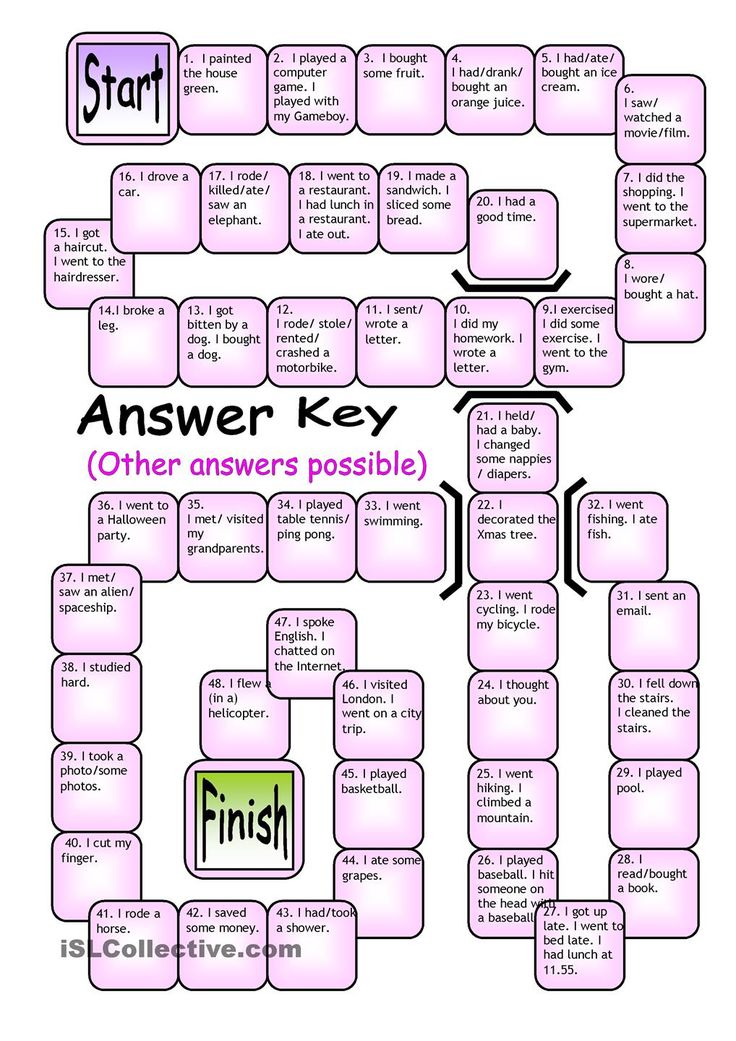
28. First Day Jitters by Julie Danneberg
Everyone knows that sinking feeling in the pit of their stomach at the prospect of being the newbie. Sarah Hartwell is scared and doesn’t want to start over at a new school. Kids will love the delightful surprise ending of this sweet story!
Buy it: First Day Jitters at Amazon
Follow-up activity: Have students write about a time they were scared and how their situation turned out! Or have students partner with a friend and tell their stories to each other.
29. The Name Jar by Yangsook Choi
When Unhei, a young Korean girl, arrives at her new school in the United States, she begins to wonder if she should also choose a new name. Does she need an American name? How will she choose? And what should she do about her Korean name? This heartwarming story speaks to anyone who has ever been the new kid or welcomed one into their familiar surroundings.
Buy it: The Name Jar at Amazon
Follow-up activity: Have groups of students brainstorm ten different ways they could make a new student feel welcome in class and create a poster to display.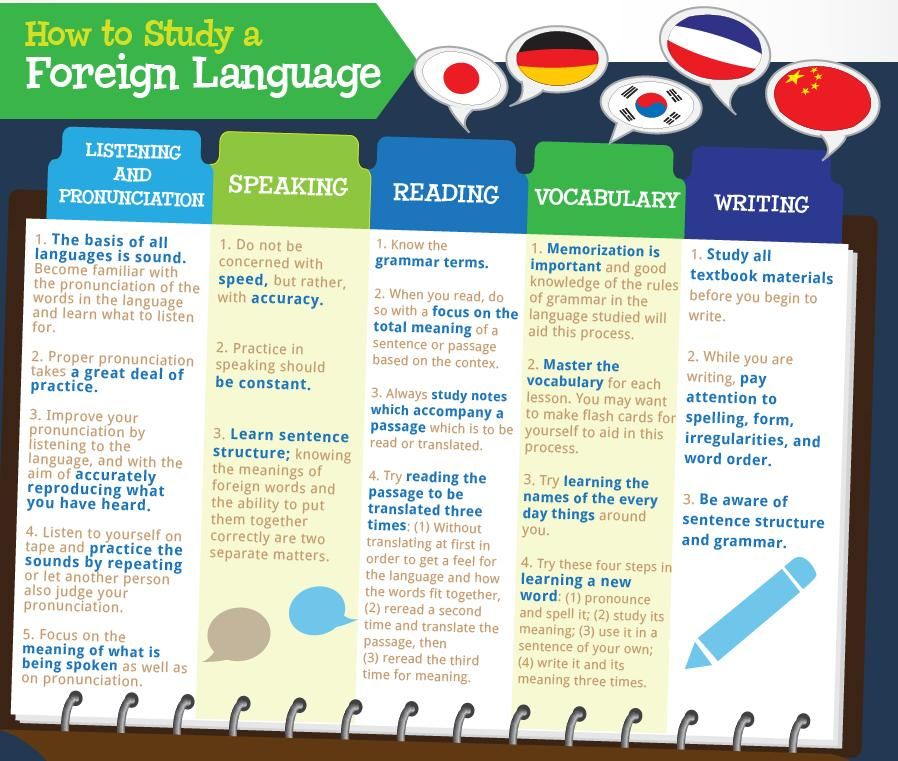
30. The Exceptionally, Extraordinarily Ordinary First Day of School by Albert Lorenz
John is the new kid in school. When asked if the school is any different from his last one, he weaves a wildly creative tale that captures the attention of his new classmates. A hilarious story about conquering the fear of being the new kid.
Buy it: The Exceptionally, Extraordinarily Ordinary First Day of School at Amazon
Follow-up activity: Have students write a tall tale about what school was like last year to share with their new classmates.
31. The Book With No Pictures by B.J. Novak
You might think a book with no pictures would be serious and boring, but this book has a catch! Everything, and we mean everything, written on the page must be read out loud by the person reading the book, regardless of how goofy and preposterous it may be. Irresistibly silly!
Buy it: The Book With No Pictures at Amazon
Follow-up activity: Have students work with a new friend or partner to create their own short book with no pictures.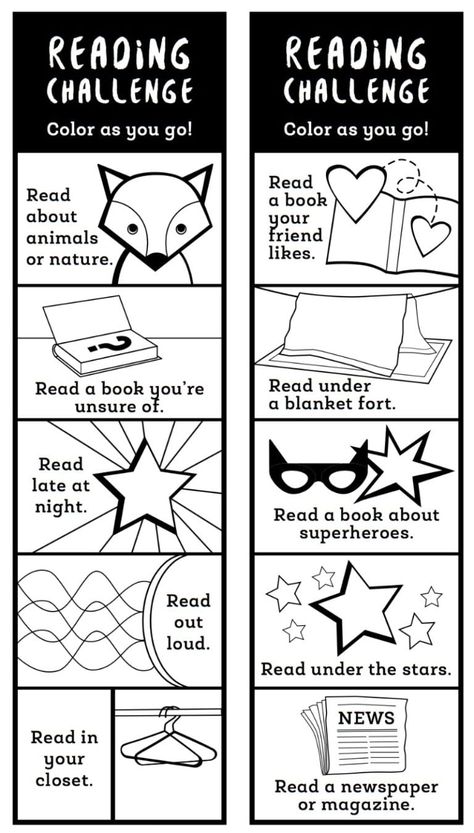 (Be sure to set clear parameters about content before letting students create.)
(Be sure to set clear parameters about content before letting students create.)
32. Splat the Cat: Back to School, Splat! by Rob Scotton
How can there be homework when it’s only the first day of school? Splat must pick only one of all of his fun summer adventures to share with his classmates at show-and-tell.
Buy it: Splat the Cat: Back to School, Splat! at Amazon
Follow-up activity: First-day-of-school homework, of course! Have students write about one of their favorite summer adventures.
33. If You Take a Mouse to School by Laura Numeroff
You know the routine … if you take a mouse to school, he’ll ask you for your lunch box. When you give him your lunch box, he’ll want a sandwich to go in it. Then he’ll need a notebook and some pencils. He’ll probably want to share your backpack, too. Another silly story from one of our favorite authors that is not only fun but lays the groundwork for teaching sequencing.
Buy it: If You Take a Mouse to School at Amazon
Follow-up activity: Using a long, narrow sheet of paper folded accordion-style, have students create their own “If You Take …” book. Students can build on the mouse story or create a character of their own.
34. Dear Teacher by Amy Husband
This hilarious collection of letters from Michael to his new teacher comes packed with alligators, pirates, rocket ships, and much, much more. Can Michael’s imagination save him from the first day of school?
Buy it: Dear Teacher at Amazon
Follow-up activity: Have students write a postcard to a friend or family member telling them about their fun first week of school!
35. How To Get Your Teacher Ready by Jean Reagan
In a charming role reversal, the students in this story gently guide their teacher through the getting-ready process for back-to-school. Your students will laugh and surely learn a lesson or two themselves.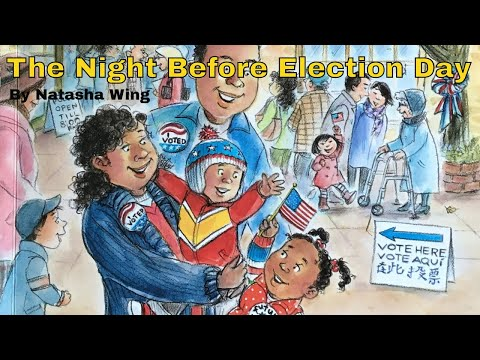
Buy it: How To Get Your Teacher Ready at Amazon
Follow-up activity: Have students compile a list of rules that will help their teacher have the best year ever.
36. If You Ever Want To Bring an Alligator to School, Don’t! by Elise Parsley
An alligator for show-and-tell sounds like TONS of fun. What could possibly go wrong? Magnolia is determined to have the best show-and-tell ever. What will she do when her reptilian pal starts wreaking havoc in the classroom? This hilarious story is sure to inspire even the timidest of show-and-tellers.
Buy it: If You Ever Want To Bring an Alligator to School, Don’t! at Amazon
Follow-up activity: Have students write a story or draw a picture about something outrageous they would bring to school for show-and-tell.
37. This School Year Will Be the Best! by Kay Winters
On the first day of school, new classmates are asked to share what they hope for in the upcoming year.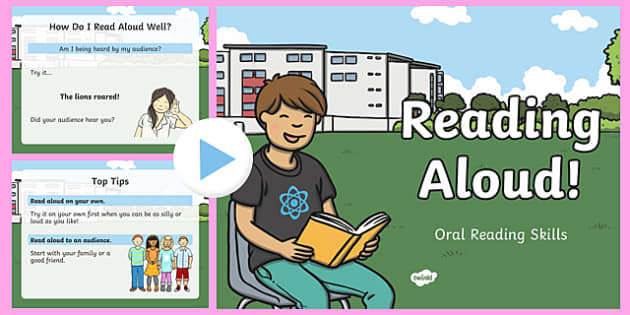 The children’s wishes, from the familiar to the off-the-wall, are shown in humorously exaggerated illustrations. As the first day draws to a close, there can be no doubt this school year will definitely be the best!
The children’s wishes, from the familiar to the off-the-wall, are shown in humorously exaggerated illustrations. As the first day draws to a close, there can be no doubt this school year will definitely be the best!
Buy it: This School Year Will Be the Best! at Amazon
Follow-up activity: Have students draw a star, put their name in the middle, and write one wish for the school year on each point (total of five). Then, have them loop a colorful ribbon through a hole on top to hang from the classroom ceiling.
38. Back-to-School Rules by Laurie Friedman
School is in session! When it comes to surviving school, Percy has ten simple rules that show there is more to school than showing up on time and staying awake in class, including no spitballs, no running in the halls, and no crazy scheming! See what other trouble—and tips—Percy has in mind!
Buy it: Back-to-School Rules at Amazon
Follow-up activity: As a whole class, brainstorm “rules” that will make this year the best ever.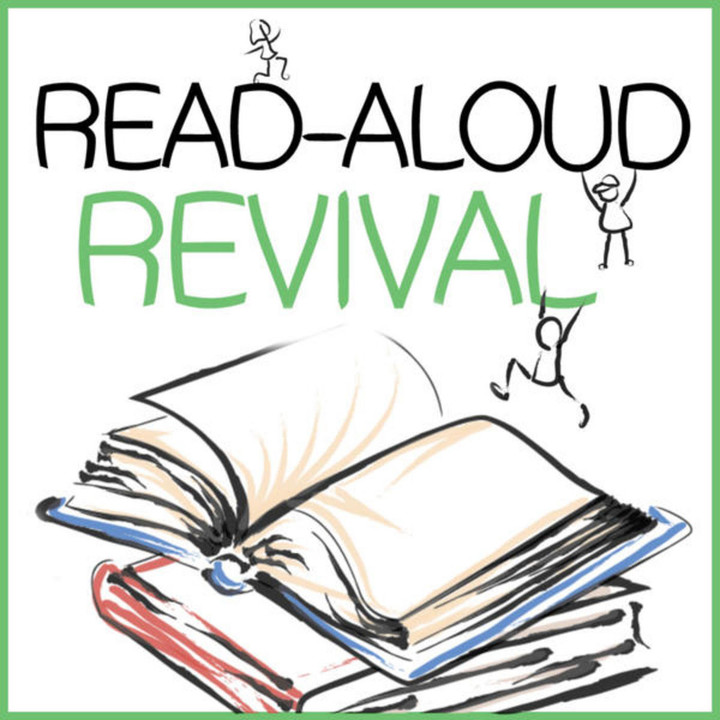 Then, have students transfer their ideas to a class-promise poster that can hang prominently for the rest of the year. Have each student sign their name to make it official.
Then, have students transfer their ideas to a class-promise poster that can hang prominently for the rest of the year. Have each student sign their name to make it official.
39. David Goes to School by David Shannon
David’s antics in the classroom will make your students giggle with recognition. He’s so enthusiastic about going back to school! But David needs to learn that every classroom needs rules so that every student can learn.
Buy it: David Goes to School at Amazon
Follow-up activity: Gather the whole class on the rug. Select a few students to act out “bad” behavior and ask the other students to explain why the behavior is not OK for the classroom. Then have the same students act out the “good” behavior. Repeat with different sets of students to address the different rules you are reinforcing in your classroom.
40. A Place Called Kindergarten by Jessica Harper
One of the best back-to-school books for kindergartners, this story will help ease their worries before the event.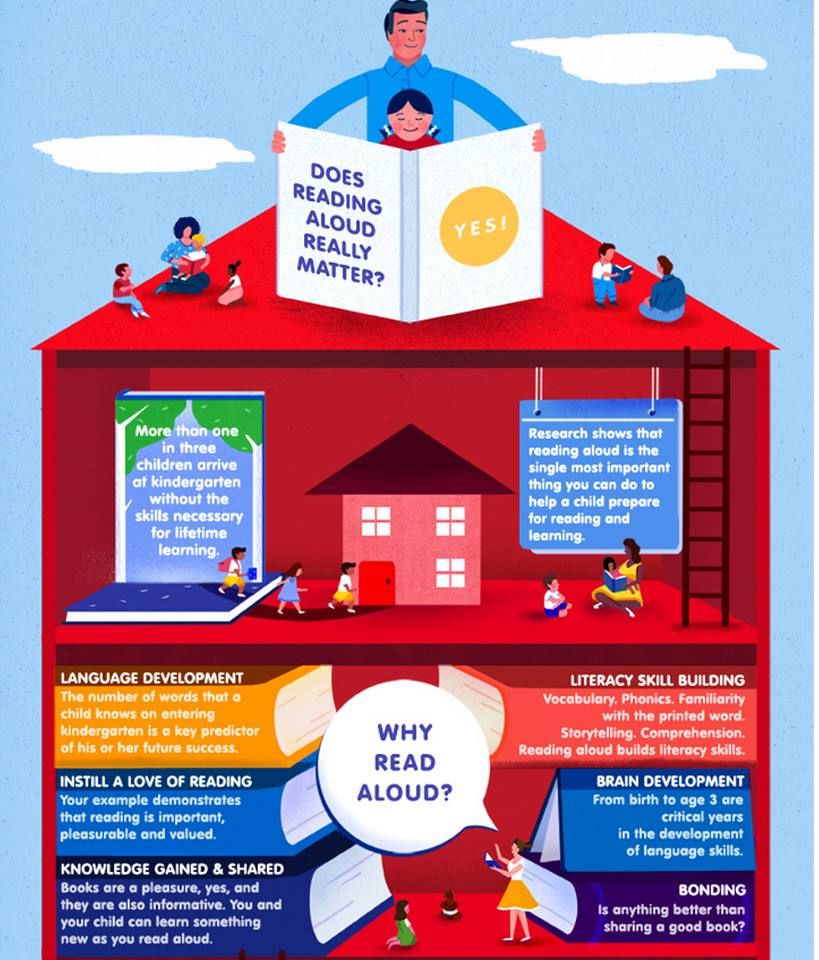 Tommy’s barnyard friends are worried! He’s gone to a place called kindergarten. They wonder what will happen to him and if he will ever come back. Eventually, he returns with exciting tales of all the fun and learning he’s had.
Tommy’s barnyard friends are worried! He’s gone to a place called kindergarten. They wonder what will happen to him and if he will ever come back. Eventually, he returns with exciting tales of all the fun and learning he’s had.
Buy it: A Place Called Kindergarten at Amazon
Follow-up activity: Have your students take a “field trip” around the school to learn more about their new “barnyard.”
41. Is Your Buffalo Ready for Kindergarten? by Audrey Vernick
Is your buffalo ready for kindergarten? Does he play nicely with friends? Check. Share his toys? Check. Is he smart? Check!
Buy it: Is Your Buffalo Ready for Kindergarten? at Amazon
Follow-up activity: Follow along with Buffalo’s checklist in this hilarious look at first-day-of-school jitters.
42. There Was an Old Lady Who Swallowed Some Books! by Lucille Colandro
We’ve all heard about the old lady who swallowed a fly. Well, now she’s getting ready for back-to-school and is swallowing up a whole assortment of things to make it the best first day ever!
Buy it: There Was an Old Lady Who Swallowed Some Books! at Amazon
Follow-up activity: Trace the image of the old lady from the book cover without the books in her hands.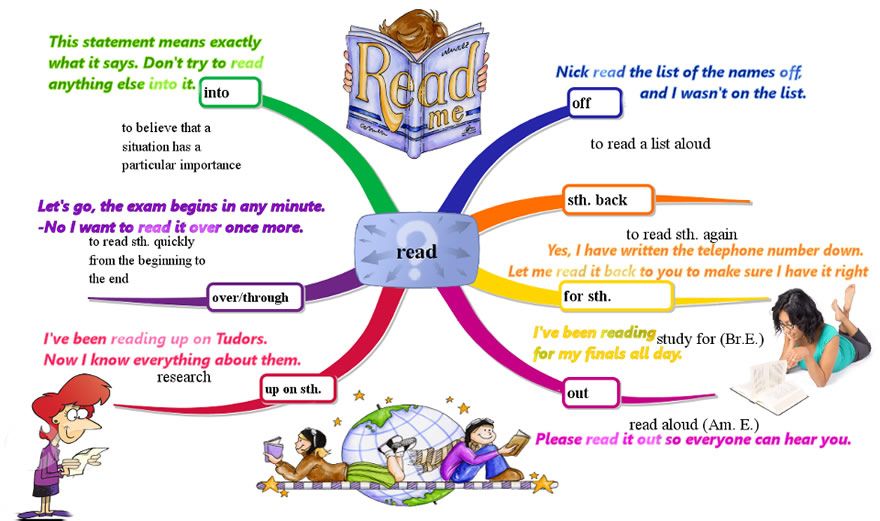 Make a copy for each of your students and have them fill in the picture and write a sentence about what they would “swallow” for the first weeks of school if they were the old lady.
Make a copy for each of your students and have them fill in the picture and write a sentence about what they would “swallow” for the first weeks of school if they were the old lady.
43. School Is Cool! by Sabrina Moyle
Holy smokes, tomorrow is the first day of school! The characters in this story have lots of needless worries as they discover that school is cool.
Buy it: School Is Cool! at Amazon
Follow-up activity: Have students do a turn and share about one thing they were worried about before the new school year started and how they are feeling about their worry now.
44. Froggy Goes to School by Jonathan London
Lovable favorite Froggy is off for his first day of school. His mama is worried, but not him! He hops off with his trademark enthusiasm and curiosity.
Buy it: Froggy Goes to School at Amazon
Follow-up activity: Together with your class, make a “top-ten best things about school” poster. Ask for students’ input, then vote on the top ten.
45. Chairs on Strike by Jennifer Jones
Everyone’s excited about going back to school. Everyone, that is, but the classroom chairs. They’ve had enough of wiggly bottoms and smelly kids and go on strike to protest.
Buy it: Chairs on Strike at Amazon
Follow-up activity: Ask for volunteers to play the part of the different chairs and act out the story. Have a few rounds so that as many students that want to participate can.
46. It’s OK to Be Different by Sharon Purtill
If you’re looking for a back-to-school book that embraces the uniqueness of your class, this is a lovely tale that subtly broaches the subjects of diversity and kindness in a way that students can grasp.
Buy it: It’s OK to Be Different at Amazon
Follow-up activity: Have students reflect about the one thing that they think is truly unique about themselves and write a paragraph (or more) about this trait in their journals.
What are your favorite back-to-school books? Share in our WeAreTeachers HELPLINE group on Facebook.
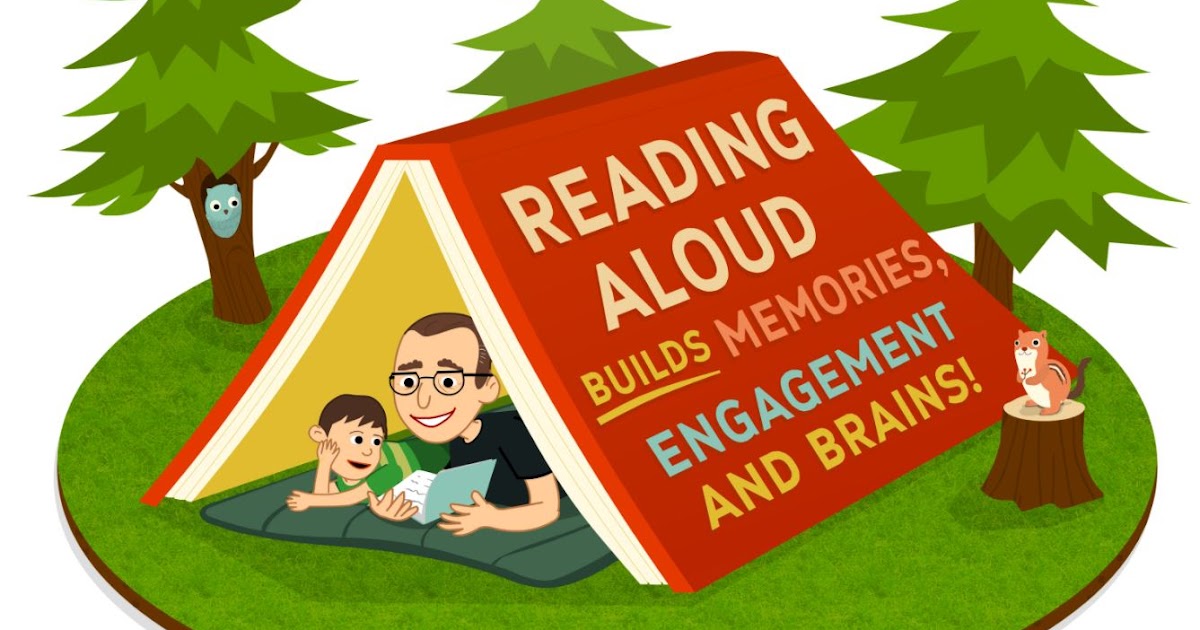
Plus, if you like these back-to-school books, check out all of our book lists here.
Dangerous reading aloud. Idea for lessons
- Material information
- Category: Methodological developments Author: Sergey Vladimirovich Volkov
- Published: August 23, 2016
There is such a plot in world literature: heroes of literary works read real literary works to other heroes - with some secret purpose.
However, the consequences of reading them turn out to be unexpected for them… This plot is realized in two works that are not included in the school curriculum, but can be successfully used in lessons in the 10th and 11th grades. We are talking about Turgenev's "Faust" and "Rothschild's Violin" by I. Grekova. In the first story, Goethe's "Faust" is read aloud, in the second - Chekhov's "Rothschild's Violin"...
Two "Fausts"
creativity of the writer. In it, the guys will face Turgenev the mystic, Turgenev the philosopher, Turgenev the poet. He is very interested in the unknown forces of nature, which cannot be joked with. There is a mystery in nature, it is impossible to know it to the end. In the words of Turgenev himself, "you need to live no higher than marsh grass." Man is a part of nature, connected, intertwined with it, there are the same unknown forces inside him (remember "Bezhin Meadow" - Pavel, laughing at these forces, dies; Bazarov, who does not see the mystical side of life, denies the secret - too dies). In continuation of the conversation, you can immediately read Tyutchev: “What are you howling about, the night wind?”, “Day and night”, “How sweetly the dark green garden sleeps”, “Holy night has risen to the sky”, “The earth still looks sad” and other poems. Also obvious are the echoes of Turgenev's "Faust" with "The Gentleman from San Francisco" by I. Bunin and "Garnet Bracelet" by A. Kuprin.
He is very interested in the unknown forces of nature, which cannot be joked with. There is a mystery in nature, it is impossible to know it to the end. In the words of Turgenev himself, "you need to live no higher than marsh grass." Man is a part of nature, connected, intertwined with it, there are the same unknown forces inside him (remember "Bezhin Meadow" - Pavel, laughing at these forces, dies; Bazarov, who does not see the mystical side of life, denies the secret - too dies). In continuation of the conversation, you can immediately read Tyutchev: “What are you howling about, the night wind?”, “Day and night”, “How sweetly the dark green garden sleeps”, “Holy night has risen to the sky”, “The earth still looks sad” and other poems. Also obvious are the echoes of Turgenev's "Faust" with "The Gentleman from San Francisco" by I. Bunin and "Garnet Bracelet" by A. Kuprin.
During the lesson, you can ask the children some questions to check their reading and create problem situations for discussion. Sample questions:
Sample questions:
- Faust. The story in... letters. How many? (9)
- Tell the story of the heroine's grandmother. (A simple Italian peasant woman, killed the day after the birth of her daughter, by a peasant, her fiance; carried away by the heroine's grandfather Ladanov).
- What is the role of the spider scene? (The heroine easily takes it before reading Faust, it seems to her that she knows life, what to be afraid of and what not, what is poisonous, not dangerous; she read natural science books, travel, etc., and fiction, I haven't read poetry at all.
- Where is the heroine used to sit in the room and why? (Under the portrait of the mother; under her wing, does not want to leave her care)
- What is the name of the heroine? Why? Do you still know the heroine with the same name and patronymic in the Russian litre, through whose life a great love passed, which brought death? (Vera Nikolaevna, "Garnet Bracelet")
- The story has something in common with Pushkin's The Queen of Spades.
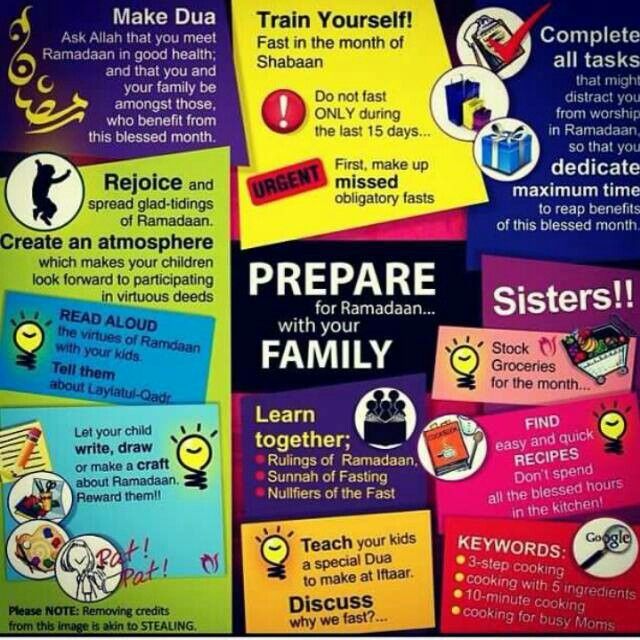 Have you noticed them? (The old woman from the portrait looked at the hero when he told her that he had read the daughter of Faust; the ghost of the old woman who appeared to Vera Nikolaevna).
Have you noticed them? (The old woman from the portrait looked at the hero when he told her that he had read the daughter of Faust; the ghost of the old woman who appeared to Vera Nikolaevna). - Where else is there such a complex of motives: a gate, a thunderstorm, water, a threatening old woman, a married woman fell in love and confessed, death? ("Thunderstorm" by A. Ostrovsky)
- "The old woman Yeltsova is nailed to the wall and must be silent..." What is it about? (About the portrait of the mother of the heroine).
- Continue phrases
- “There’s no reason to break yourself,” she said, “…” (“you have to break yourself or not touch yourself”)
- "You are like ice: until you melt ... (strong as a stone, but you will melt, and there will be no trace of you")
- "I can only do one thing..." (keep silent until the last minute)
- "A plaintive cry rushed from afar and ..." (and clung, as if rattling, to the black panes of the windows)
- “First I would add: be happy; Now I'll tell you: (Try to live, it's not as easy as it seems).

10. The story of the vase as a parable-explanation of the story. (“I remember when I was still a child, we had a beautiful vase made of transparent alabaster in our house ... Once, left alone, I began to shake the plinth on which she stood ... The vase suddenly fell and shattered to smithereens. I fainted from fright and stood motionless in front of the fragments ... I matured - and frivolously broke the vessel a thousand times more precious ... "The hero was interested in" rocking the base ", putting an experiment on life, challenging it - he paid for this. Do not shake the base, no matter how durable it may seem - something fragile and valuable that is standing on it will fall and the death of which will be terrible).
The final topic for discussion - why did the hero choose Goethe's Faust for reading aloud? This question could be the subject of a written paper.
From reflections on the pages of the story
Turgenev has the reputation of a leisurely writer, slowly unfolding a now unfashionable linear text.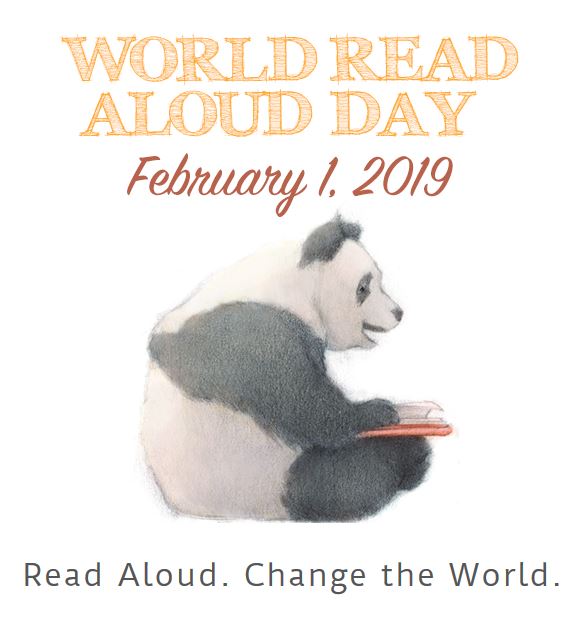 This makes it tiresome for many readers who are accustomed to hyperlinks and volume-constructive text.
This makes it tiresome for many readers who are accustomed to hyperlinks and volume-constructive text.
But actually, to be honest, the text was like this before. Only the hyperlink did not stand out with a blue underline and did not invite to click on itself. You should have known her yourself. This time. And you were supposed to know what's behind it, two. The writer said a word - and went on, but the hope that in my head this word will unfold and pull some other text along with it ... other shores, other gulfs ... - this hope remained with him.
So hyperlinked, for example, "Onegin". “He read Gibbon, Rousseau,// Manzoni, Herder, Chamfort,// Madame de Stael, Bichat, Tissot…” In fact, it would be nice if the reader at least imagined the meanings of these names, as he imagines the meanings of words in sentences - otherwise the offer will not work. And not only with proper names such parsley. In a good way, blue should be marked both the “venerable castle” of Uncle Onegin, and the “peasant, triumphant” - everywhere it means an explanatory text where you can, by clicking, fail (by the way, how would Pushkin interpret our phrase: “Click with the mouse and close window"?)
It's the same with Turgenev. If not at every step, then every step. The unnamed Queen of Spades alternates with the named Manon Lescaut, Goethe crawls out of all the cracks and asks for a comrade, the still unwritten “Garnet Bracelet”. Let's learn it too? Let's take into account. Hyperlinks are such a thing. They are born over time. There was a word in the text, it stood - and suddenly it took and turned blue. And asked for a comment. So suddenly, right before our eyes, the hyperlinked blue lines of Tolstoy's Sevastopol Tales are pouring...
If not at every step, then every step. The unnamed Queen of Spades alternates with the named Manon Lescaut, Goethe crawls out of all the cracks and asks for a comrade, the still unwritten “Garnet Bracelet”. Let's learn it too? Let's take into account. Hyperlinks are such a thing. They are born over time. There was a word in the text, it stood - and suddenly it took and turned blue. And asked for a comment. So suddenly, right before our eyes, the hyperlinked blue lines of Tolstoy's Sevastopol Tales are pouring...
Such a structure of the text is a constant human need. It's just that now it has received the possibility of a convenient technical design and is perceived by us as a sign of modernity. And by the way: in the genre that Facebook has now revived, Turgenev also worked. "Poems in Prose". After all, the genre also exfoliates from the person - as a need. The need to speak briefly about the momentary so that it turns out to be more significant than it was in life, there is always, there is always a genre - only it changes forms.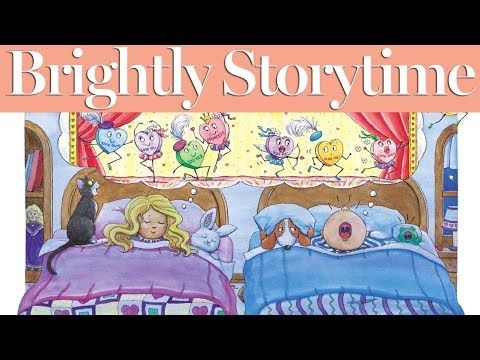 And Facebook or LiveJournal only provides new ways of fixing and communication. By the way, Turgenev's live recordings are quite good. In general, I think that many writers would be avid bloggers. But this is about something else.
And Facebook or LiveJournal only provides new ways of fixing and communication. By the way, Turgenev's live recordings are quite good. In general, I think that many writers would be avid bloggers. But this is about something else.
And I'm talking about hyperlinks. One of the strengths of Trier's Nymphomaniac is how unexpectedly he uses a system of hyperlinks in movies. This is possible: an infographic appears on the screen that comments on the words of the characters, does not allow concepts to float away, and visualizes the terms. And this is in the already visual art - cinema! It turns out that even there, without an additional explanatory visual series, much is lost. A fragment about Bach and Fibonacci numbers, about the laws of harmony and beauty, for example, I would take out of the film as a separate educational video and show it to children in schools. In general, strange as it may sound, Trier released an educational film, shot according to the laws of educational cinema.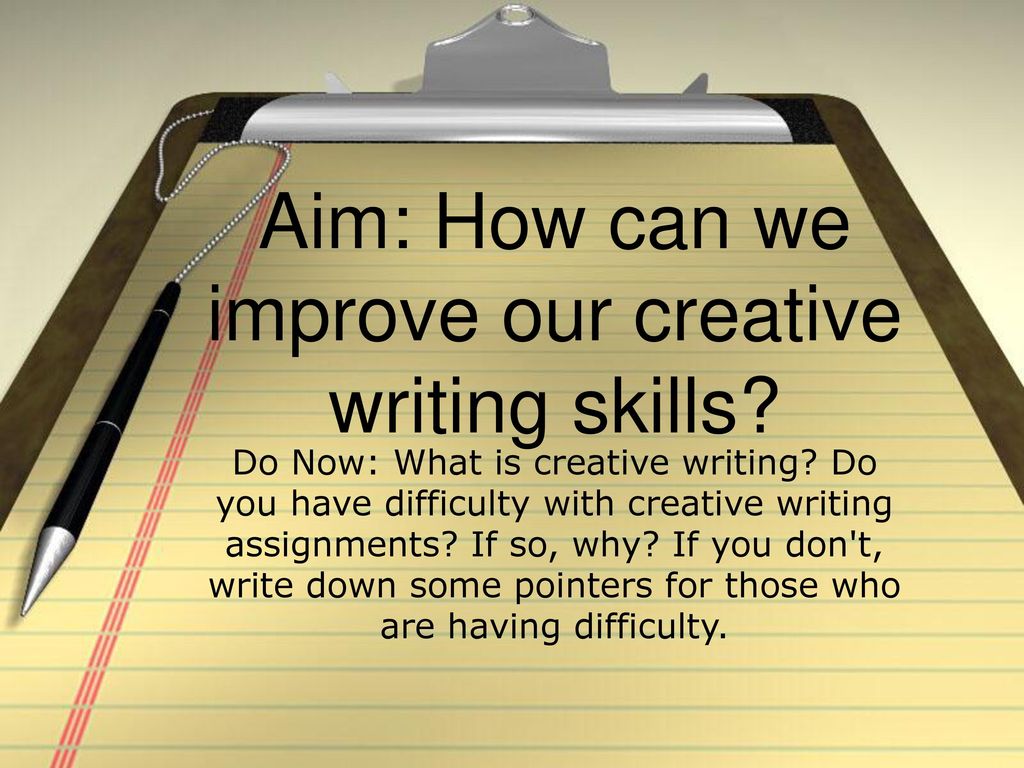 Just do not think that this is an educational film "about it" - no, it is remembered completely, completely different. For example, how to find an ash tree among other trees in winter ... "Don't you think that the ash tree in Russian is very well named: not a single tree is so easy and clear in the air as it is?" Turgenev suddenly echoes Trier. “No, no, Mr. Turgenev, in English ash is ashwood. Do you want me to tell you why he has ash on his fingers?” The dialogue continues – right now.
Just do not think that this is an educational film "about it" - no, it is remembered completely, completely different. For example, how to find an ash tree among other trees in winter ... "Don't you think that the ash tree in Russian is very well named: not a single tree is so easy and clear in the air as it is?" Turgenev suddenly echoes Trier. “No, no, Mr. Turgenev, in English ash is ashwood. Do you want me to tell you why he has ash on his fingers?” The dialogue continues – right now.
Two "Rothschild's Violins"
"Rothschild's Violin" - this is how the writer I. Grekova (alias of Elena Wentzel, 1907-2002) called her story, following Chekhov. His heroine is literature teacher Rita, who decided to read Chekhov's story to her friend, elevator operator Polina Ivanovna. She had a secret pedagogical goal - to influence Polina Ivanovna's attitude towards her husband, as if exposing her to a mirror of a literary text. Did her teaching expectations come true? The story of I.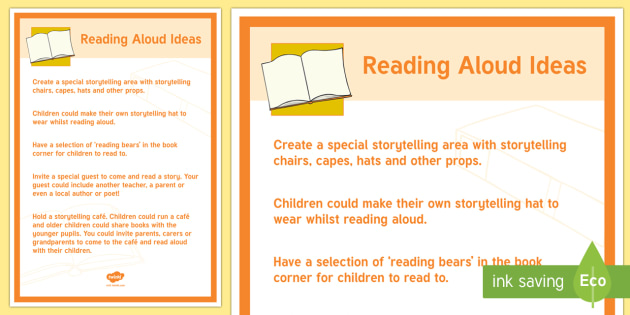 Grekova captivates high school students with the ambiguity of reading and provokes them to interesting comparisons.
Grekova captivates high school students with the ambiguity of reading and provokes them to interesting comparisons.
* * *
Hearing for the first time this name - "Rothschild Violin" - we are perplexed: how does a musical instrument fit with the name of one of the richest families in the world? Then, starting to read Chekhov's story, we get even more confused: Rothschild turns out to be another Rothschild, the violin does not belong to him, but he plays the flute ... At the end, the title is explained in a completely different way than we imagined at the beginning. It’s the same with I. Grekova’s story: the title refers us to Chekhov, but we don’t expect what the “story within a story” will result in. What does I. Grekova want to tell us, entering into a kind of dialogue with Chekhov? The problems of the stories are similar: the same imperceptibly flying life, the same "losses", the same family everyday despotism. We clearly see Jacob's features in Polina Ivanovna, the author directly points to the similarity.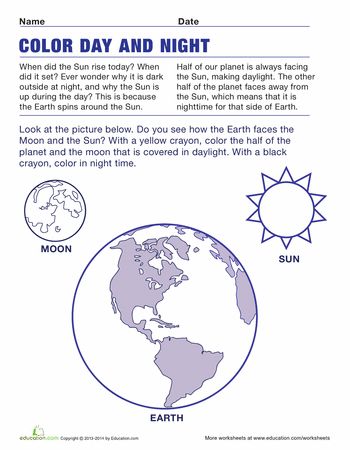 They seem to be similar even in details - Yakov does not allow his wife to drink tea, only hot water, and Polina Ivanovna keeps “sawing” her husband to make the tea thinner… But the general meaning of the stories is different.
They seem to be similar even in details - Yakov does not allow his wife to drink tea, only hot water, and Polina Ivanovna keeps “sawing” her husband to make the tea thinner… But the general meaning of the stories is different.
Not all of Jacob's life consists of losses. There is something bright in his soul, to which his violin responds. And at the end of his life, Jacob begins to ask questions (“Why do people always do exactly the wrong thing?”), He reconsiders his life and realizes a lot. After death, what remains is his violin and his melody, which makes people cry. And what about Polina Ivanovna? It is all material, mundane, there is not a drop of this sublime in it. And although it seems that for a moment it is transformed, everything then returns to normal. Yes, and her husband turns out to be exactly the same "loser". Compared to Polina Ivanovna, Yakov looks like a tragic hero, and in her life there is no this tragic turn, only everyday life.
But why Rothschild's Violin? Where in I.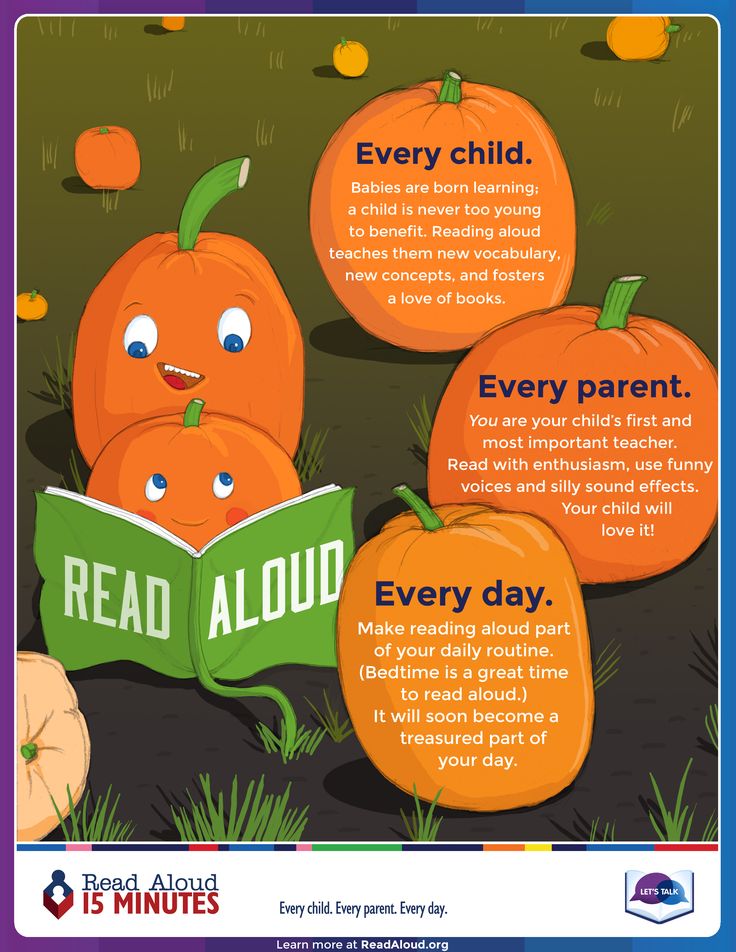 Grekova's story, which looks like an inverted, ironically-bitterly altered Chekhov's story, is that same violin, a melody that touches the soul? Rita plays this role here - pure, bright, sublime, she carries in herself what violin music carries in herself.
Grekova's story, which looks like an inverted, ironically-bitterly altered Chekhov's story, is that same violin, a melody that touches the soul? Rita plays this role here - pure, bright, sublime, she carries in herself what violin music carries in herself.
Maria Dagaeva
* * *
When there are two stories written at different times and having a common title, it is clear that the second was created with an eye on the first. So, you can think about why the second one was written at all, is it the answer to the question asked by the first author, or is it a rethinking of the question, an argument?
In our case, the connection between Yakov and Polina Ivanovna is obvious, I. Grekova uses words in her description that are very close to Yakov - “earnings”, “rubles”, again we are talking about income and ways to receive them. But it is interesting what and when Rita is introduced, there is some kind of ironic image of a teacher who tries to be perfect, but looks more like a robot that turns a windmill. I get the impression that only over a cup of coffee both heroines become people. Jacob doesn't have that kind of "coffee," so he's been a robot for most of his life, programmed to save money. Maybe that's why they called him "Bronze", he really looks like a cast metal statue ...
I get the impression that only over a cup of coffee both heroines become people. Jacob doesn't have that kind of "coffee," so he's been a robot for most of his life, programmed to save money. Maybe that's why they called him "Bronze", he really looks like a cast metal statue ...
Arsen Sultanov
* * *
Two eras, two authors, two stories, one title.
Tie. In both stories, the main characters are introduced at the beginning: for Chekhov, these are Yakov and Martha, for Grekova, Rita and Polina Ivanovna. It tells about their life, habits, occupations.
Development of the plot. Both authors expressively showed the inhumanity of the characters: Yakov takes measurements for the coffin from his living wife, Polina Ivanovna does not want to send money to her disabled husband, who has nothing to go home from the sanatorium. Neither Yakov nor Polina Ivanovna even understood what they had passed.
Climax and imaginary denouement. For Chekhov, this is a walk to the river and the last meeting with Rothschild.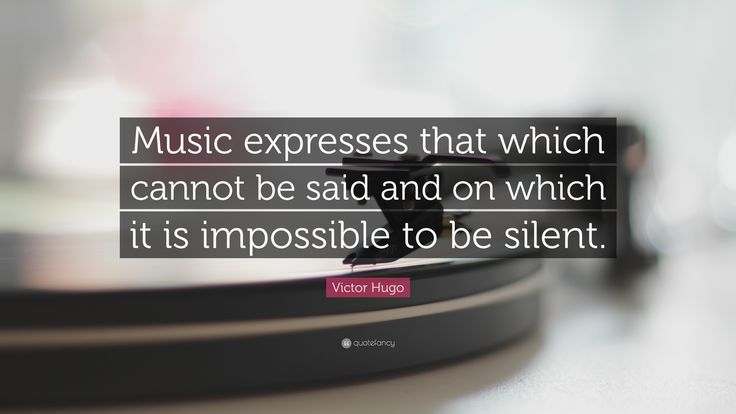 It can be seen that Yakov understood something important, which is more important than "losses" - he does not go to a rich "wedding", although he would have gone sick before, he does not rush with his fists at Rothschild. And Polina Ivanovna at I. Grekova’s is crying over the unfortunate, forgotten by her own father “baby” from the story read to her by Rita. She even says: “Today I will bring my Nikolai Ivanovich to the cinema! What do I feel sorry for the ruble?
It can be seen that Yakov understood something important, which is more important than "losses" - he does not go to a rich "wedding", although he would have gone sick before, he does not rush with his fists at Rothschild. And Polina Ivanovna at I. Grekova’s is crying over the unfortunate, forgotten by her own father “baby” from the story read to her by Rita. She even says: “Today I will bring my Nikolai Ivanovich to the cinema! What do I feel sorry for the ruble?
Finale, aka denouement. This is where the difference lies, the difference not only in the endings, but also in the stories as a whole. If in Chekhov Yakov, dying, remembers not about the losses, not about the cost of the coffin to himself, but says “barely audible”: “Give the violin to Rothschild,” then Polina Ivanovna not only does not take her husband to the cinema, but begins to count with him Rita’s income: “So they calculated until the evening” ... Polina Ivanovna remained the same as she was, and her husband, who seemed to Rita unhappy and downtrodden, turned out to be completely different: he looks like Chekhov’s “little man”, who accepted his “smallness”, became related with her and her distorted.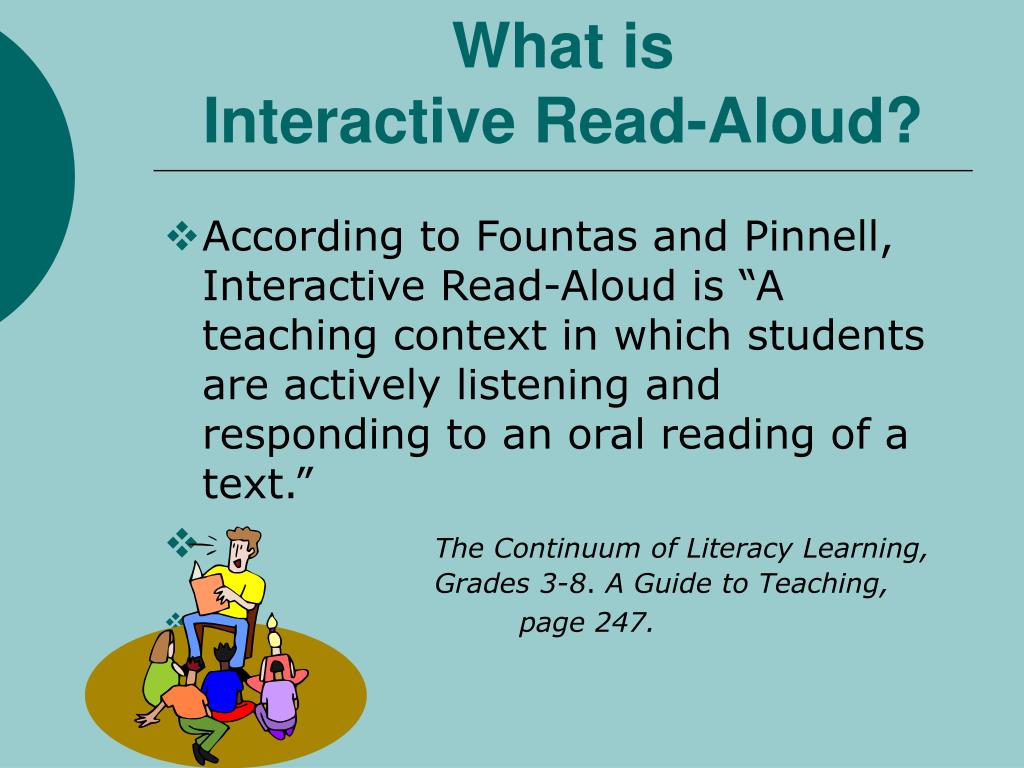 Such an ending turned everything upside down: against this background, Chekhov's story suddenly turns out to be bright, with hope at the end, and I. Grekova's story - somehow ... typical of Chekhov or something ...
Such an ending turned everything upside down: against this background, Chekhov's story suddenly turns out to be bright, with hope at the end, and I. Grekova's story - somehow ... typical of Chekhov or something ...
Anna Kuznetsova
* * *
“I’m not talking about losses, this is Chekhov, Rothschild’s Violin, my favorite story”… One of the two heroines of I. Grekova’s story, Rita, doesn’t look like her friend at all Polina Ivanovna: "They were very different." Even some external similarity actually turns into a difference. Both of them did not have time, but only Rita spent it teaching at school and checking notebooks, and Polina Ivanovna earned extra money by cleaning other people's apartments. Rita was engaged in literature, which she passionately loved, and Polina Ivanovna was an elevator operator and hardly loved her profession so much.
Polina Ivanovna had a family: a husband, a son who was serving his service, a daughter with a small son. But Polina Ivanovna's attitude towards them is expressed only in the words that they all sit on her neck. "Rita was a lonely woman." But she did not feel this loneliness, since instead of her children she had students. It turns out that Polina Ivanovna can rather be called lonely.
"Rita was a lonely woman." But she did not feel this loneliness, since instead of her children she had students. It turns out that Polina Ivanovna can rather be called lonely.
Despite their dissimilarity, both of these heroines are placed by the author in parallel with Chekhov's Yakov from Rothschild's Violin. Like him, Polina Ivanovna was engaged in a “craft”, which became a routine for her, she also does not pay attention to her husband, she also saves and counts losses. Feeling this similarity between Polina Ivanovna and Yakov, Rita decides to read Chekhov's story to her.
Rita herself doesn't look like Yakov at first sight, except for her height. Rita can be compared to Chekhov himself: she sees the whole conflict from the outside, as an author, she reads Chekhov's story aloud, that is, she pronounces his words. But at the same time, these are the words of Jacob, the “inner Jacob”, his improperly direct speech.
It turns out that together with Polina Ivanovna they make up one Yakov: Polina Ivanovna “calculates losses”, and Rita “plays the violin” (reads books, makes art).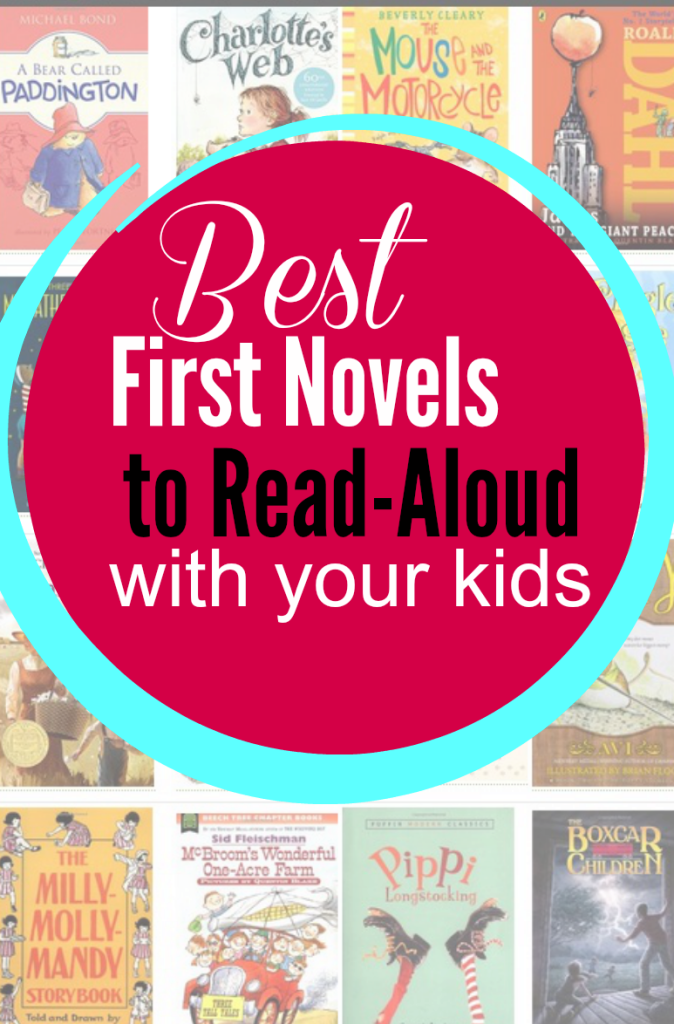 Polina Ivanovna is touched by the reading, as is Yakov at the end, when he plays for the last time. The inner voice, the former young Jacob, influences the present Jacob, he begins to remember the past, puts a new meaning into the word "loss". Likewise, Rita wants to influence Polina Ivanovna. But Jacob dies at the end. And here Rita's hopes to correct Polina Ivanovna are dying. These are similar to the endings of stories.
Polina Ivanovna is touched by the reading, as is Yakov at the end, when he plays for the last time. The inner voice, the former young Jacob, influences the present Jacob, he begins to remember the past, puts a new meaning into the word "loss". Likewise, Rita wants to influence Polina Ivanovna. But Jacob dies at the end. And here Rita's hopes to correct Polina Ivanovna are dying. These are similar to the endings of stories.
Maria Zhozhikashvili
* * *
"Violin" by I. Grekova caused an oppressive feeling in my soul. The author seemed to me like ... Rothschild - a man capable of causing sadness in his listeners. I am impressed by the main character of the story, Rita, thanks to whom I experienced a change in emotions - anger at Polina Ivanovna, joy when tears appeared in the eyes of the elevator operator, regret at the very end.
The story continues Chekhov's idea that people who care too much about daily affairs live an impossibly empty life. Rita, a Russian language teacher, living among books, thirsty for reading, is a wise person, calm, able to feel life.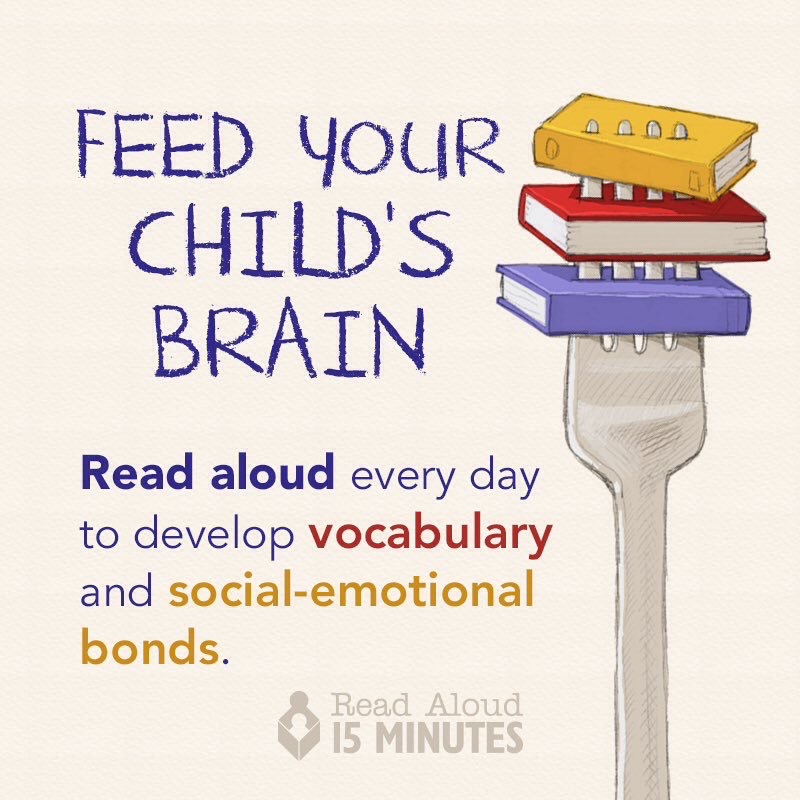 Such people have many memories, and therefore a full life. In J. Foer's book "Einstein Walks on the Moon" I came across a phrase that I think about: "We are what we remember."
Such people have many memories, and therefore a full life. In J. Foer's book "Einstein Walks on the Moon" I came across a phrase that I think about: "We are what we remember."
What does the elevator operator Polina Ivanovna remember? She is constantly in a hurry, the routine swept over her like a wave, sinking the last island of hope for her return to the world of her childhood dreams. What kind of memories can such people have if each new day passes like the previous one.
It seems to me that Chekhov believed that memories are important for a person, they influence him. Jacob remembered the baby - and this was the beginning of his rebirth. And Polina Ivanovna again dived into her routine. Perhaps she will understand something only in the face of her own death.
Special events in a person's life - the same "baby". We forget about it as soon as we return to our usual rut. Why? Why is everything so arranged?
Daniil Krotkov
Reading is more important than cutlets! Until what age should children read aloud?
Original taken from olga_krav4enko Reading is more important than cutlets! Until what age should children read aloud?
Reading in our family is an obligatory ritual that both children and I look forward to. These are very bright moments when we are close, together, when we have one thing in common, when you can discuss and share emotions, when characters from books that I read in my childhood come to life.
These are very bright moments when we are close, together, when we have one thing in common, when you can discuss and share emotions, when characters from books that I read in my childhood come to life.
But it turns out that even good parents often do not make reading a priority in their joint activities with their children.
On vacation we were visiting relatives. Their eldest boy, like my Gleb, finished the first grade. Such an open, smiling boy. Friendship between us arose immediately, and I offered to read to him at night. But his mom and dad categorically said that HE CAN already read, so there can’t even be any reading at night. The child was upset, and I must admit, too. From the understanding that this boy's parents have already made him an adult, because he learned to read. It was bitter to realize this, but, as you know, there is no point in going to a foreign monastery with your own charter.
It's been more than a month now and I keep thinking and thinking about this situation.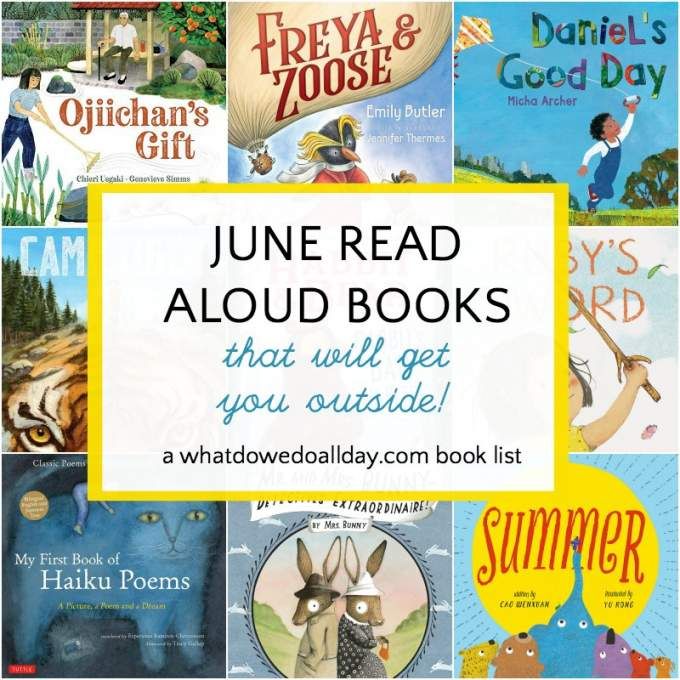 And I can’t understand why - is it really so difficult to allocate at least 15 minutes a day to read and please your child, to be with him?
And I can’t understand why - is it really so difficult to allocate at least 15 minutes a day to read and please your child, to be with him?
My eldest son is now 14 years old, quite mature enough to read by himself. But he also asks me sometimes to read aloud to him.
And it's not even discussed with the younger one - 2 times a day we have reading - in the afternoon and in the evening before going to bed. It's minimum. And I myself look forward to these reading minutes, because I also feel good at this time, calmly, interestingly.
It seems to me that this is also a manifestation of love for their children. Not only to wash, feed, check the lessons, but also read together (and not only read).
I searched the Internet for the opinion of psychologists on this matter - up to what age is it reasonable and necessary to read to children. I didn’t find the opinion of psychologists, but I did find the opinion of the children’s writer Andrei Smetanin, where he advises a child to read at least up to 12 years old: “In psychology there is the concept of a zone of actual development and a zone of proximal development.

